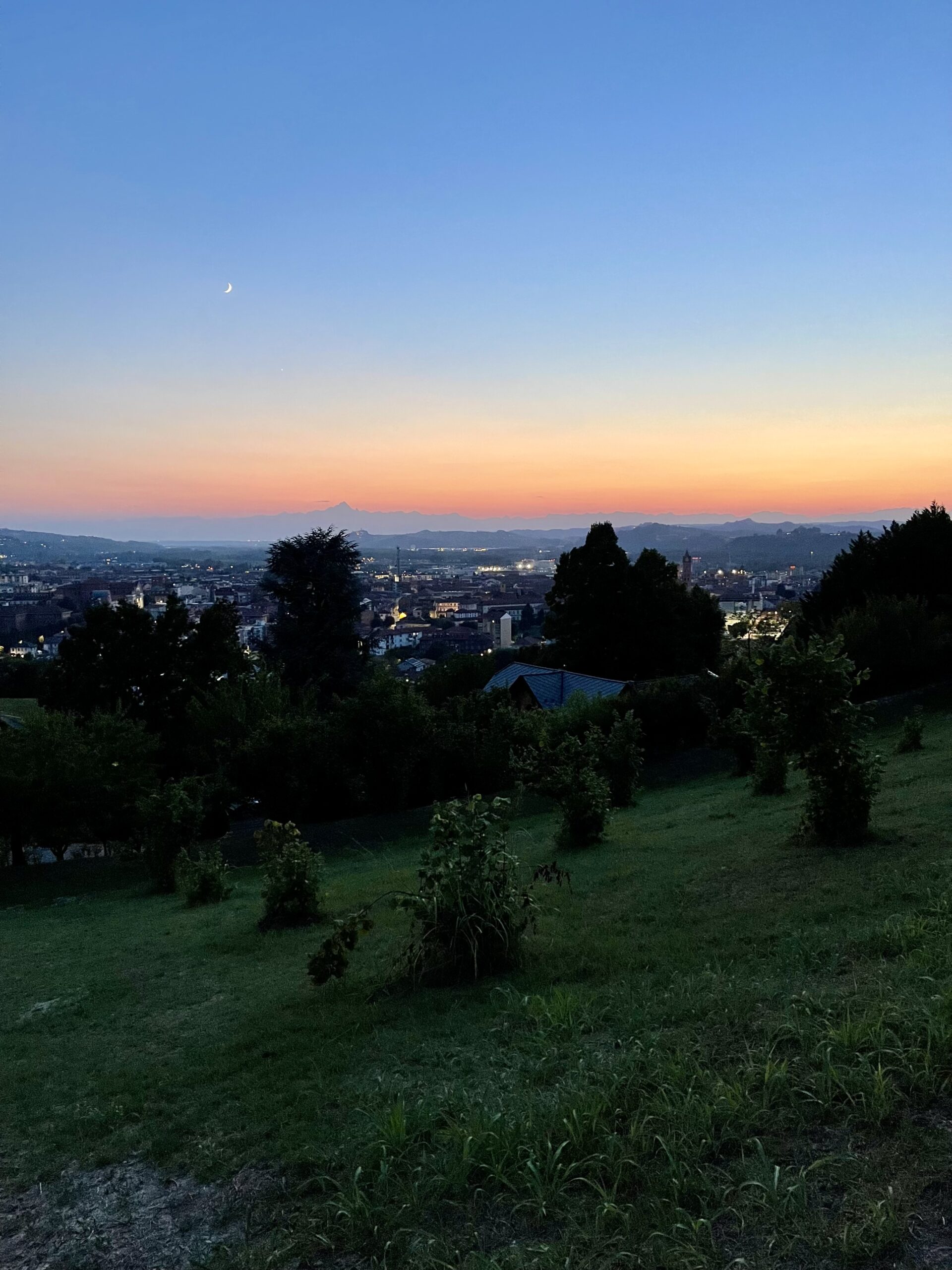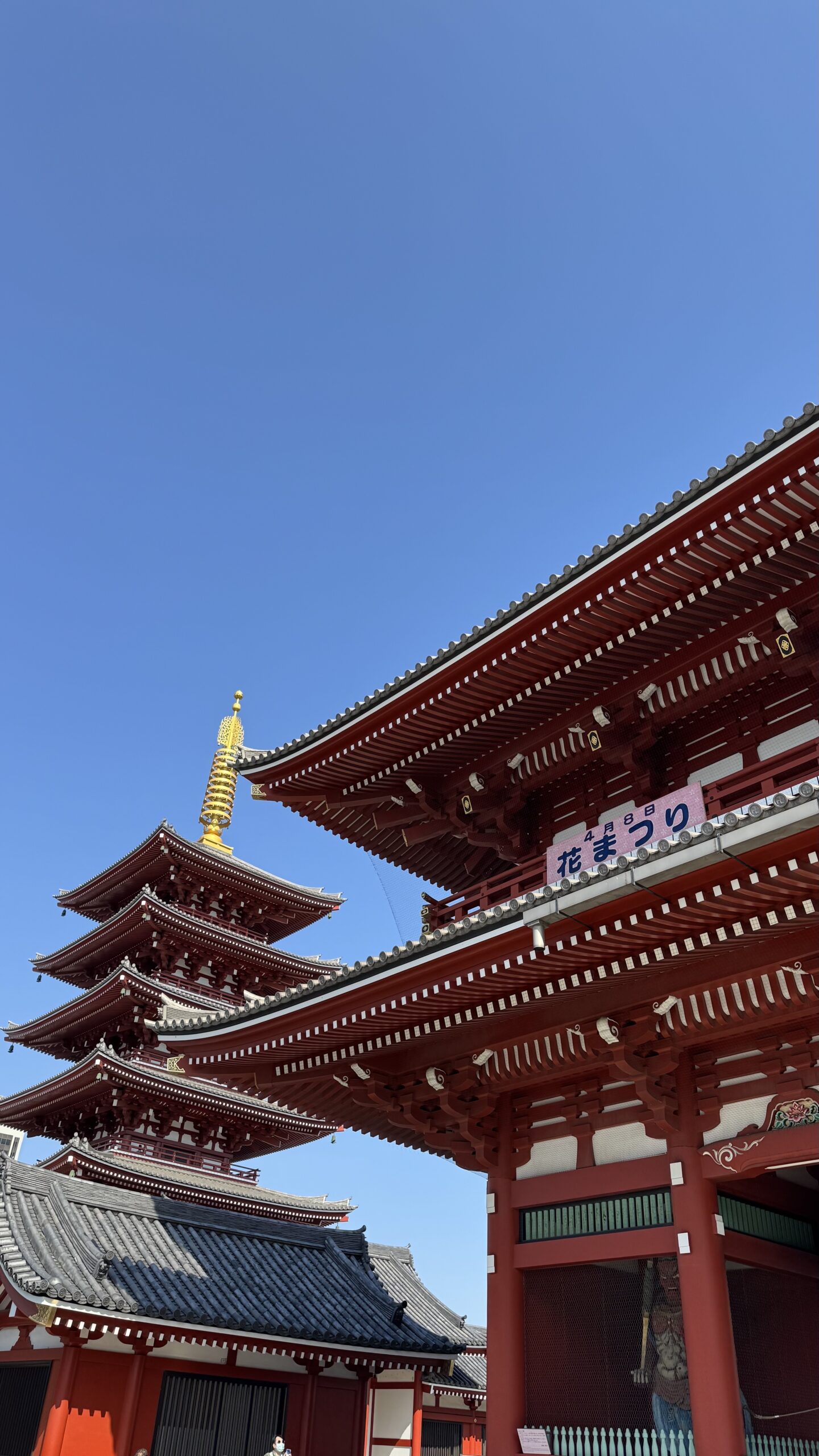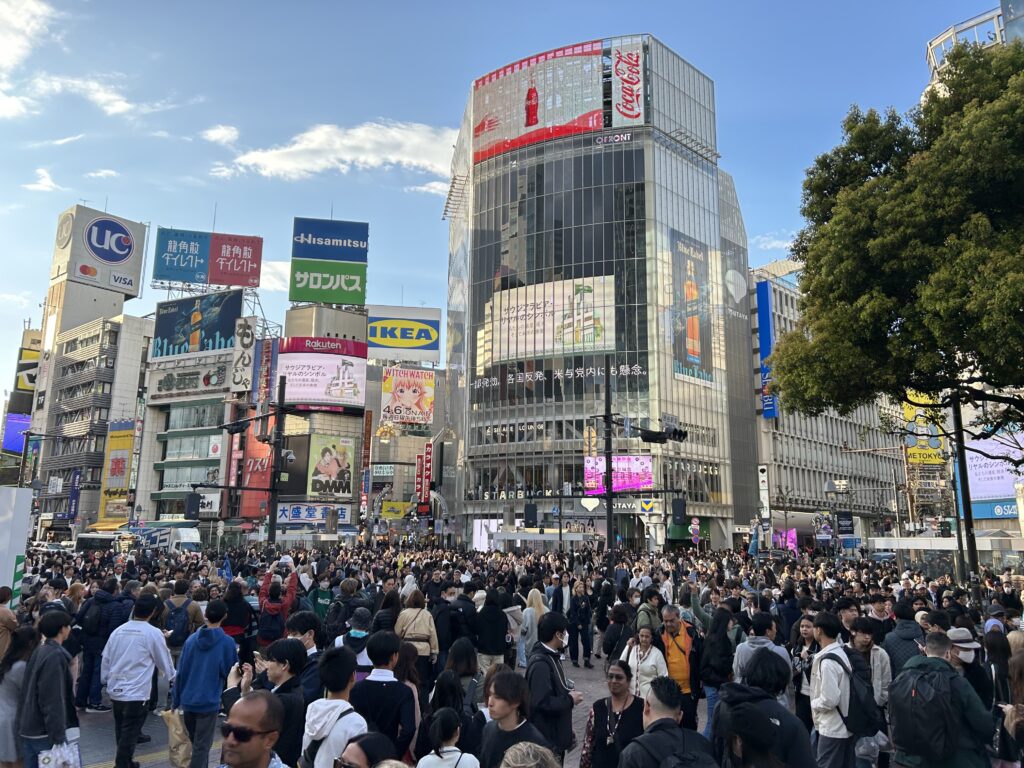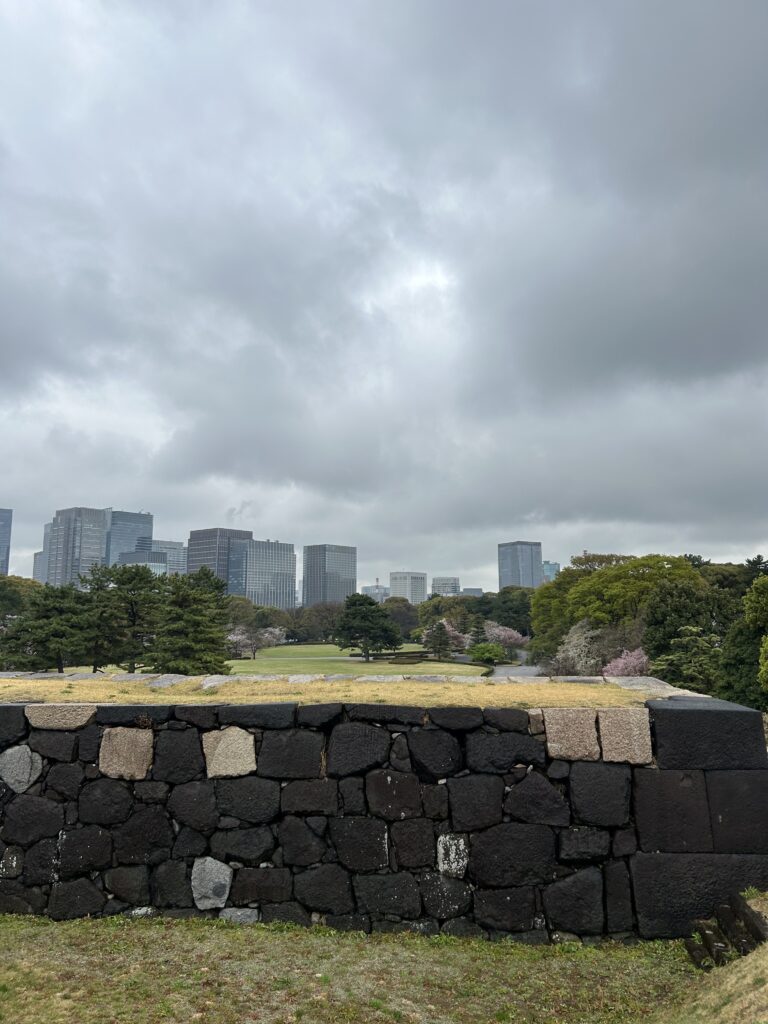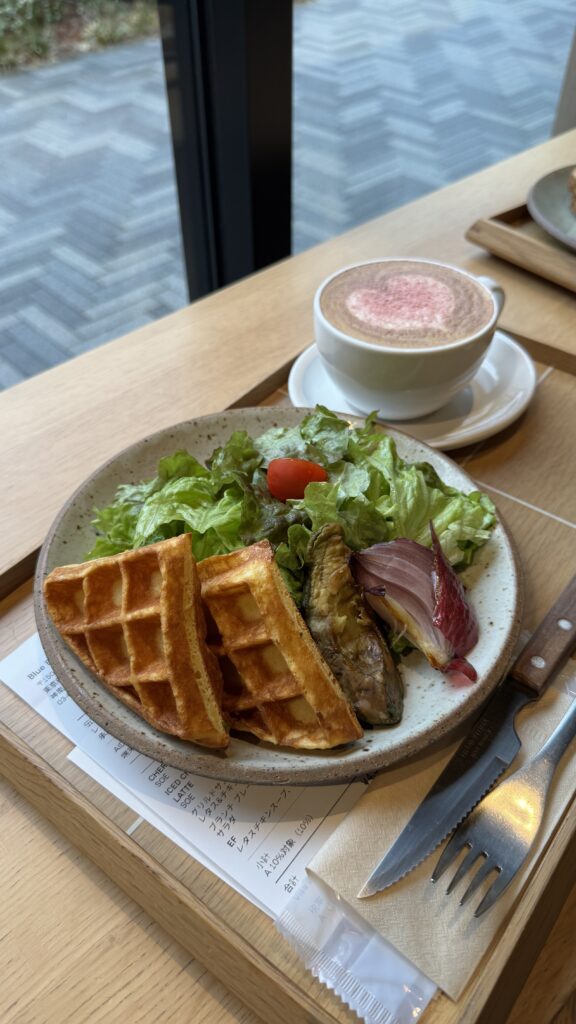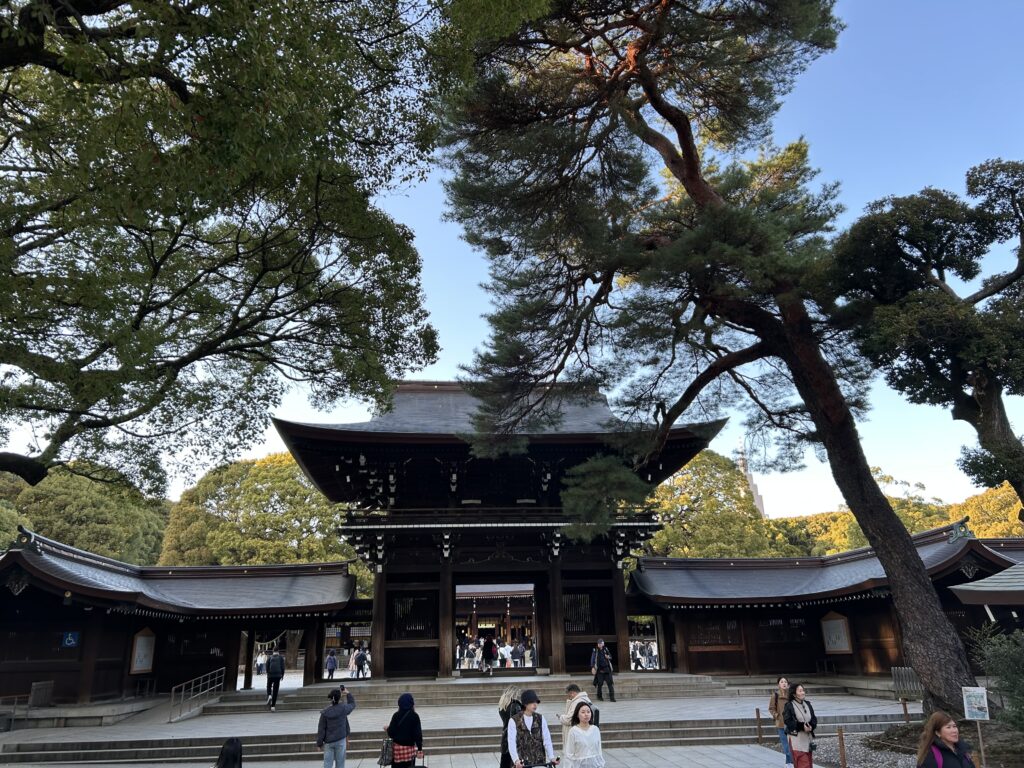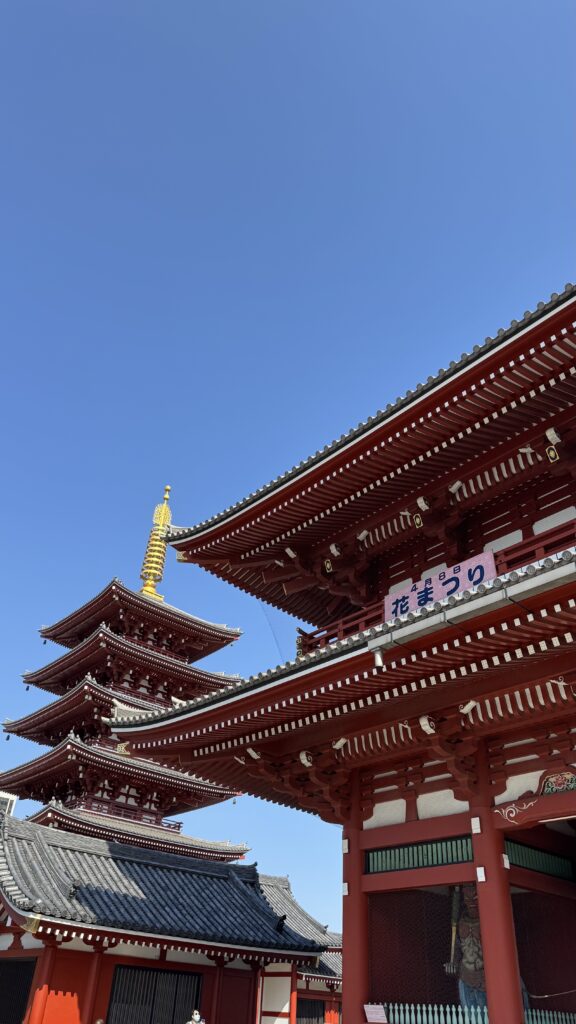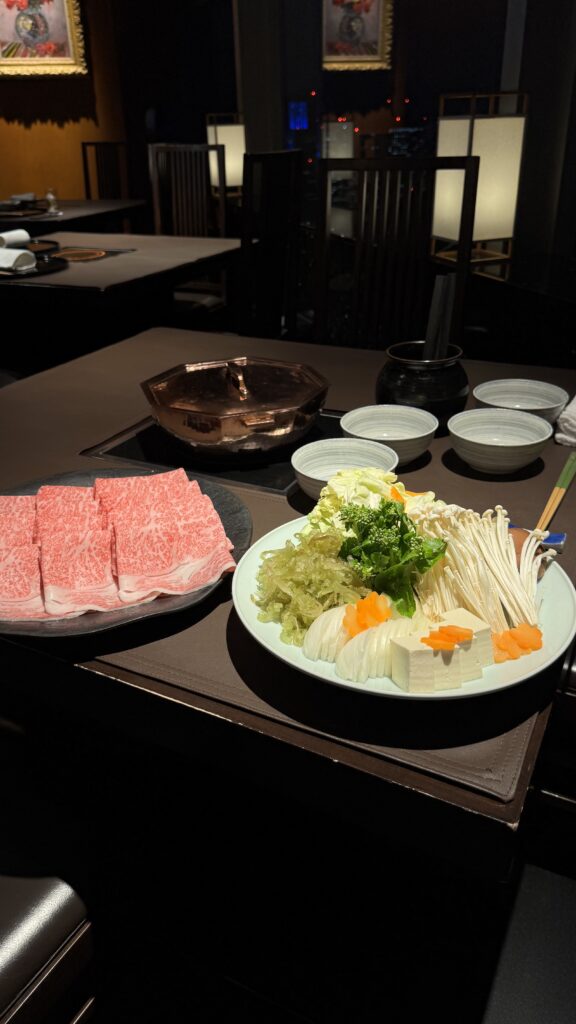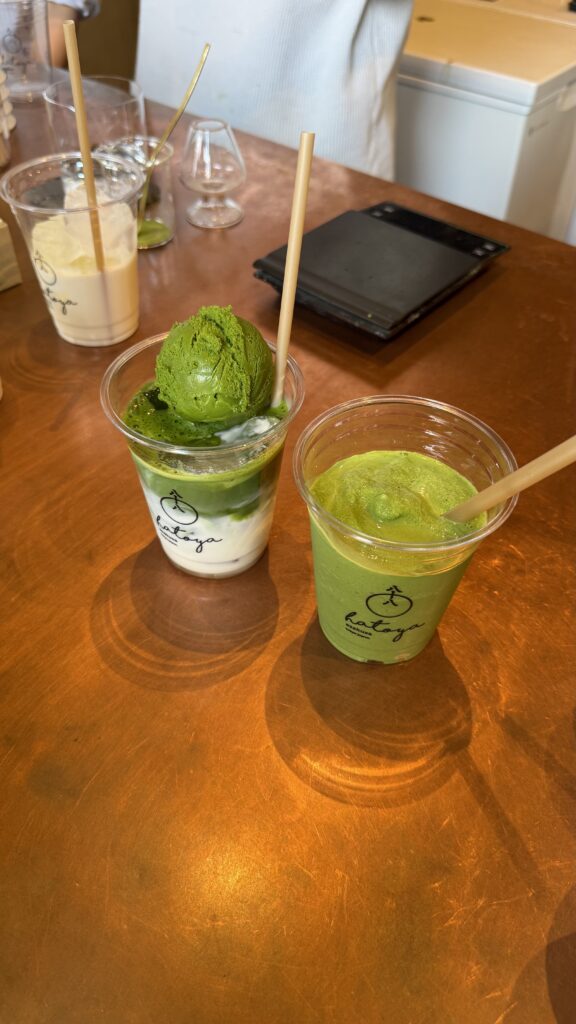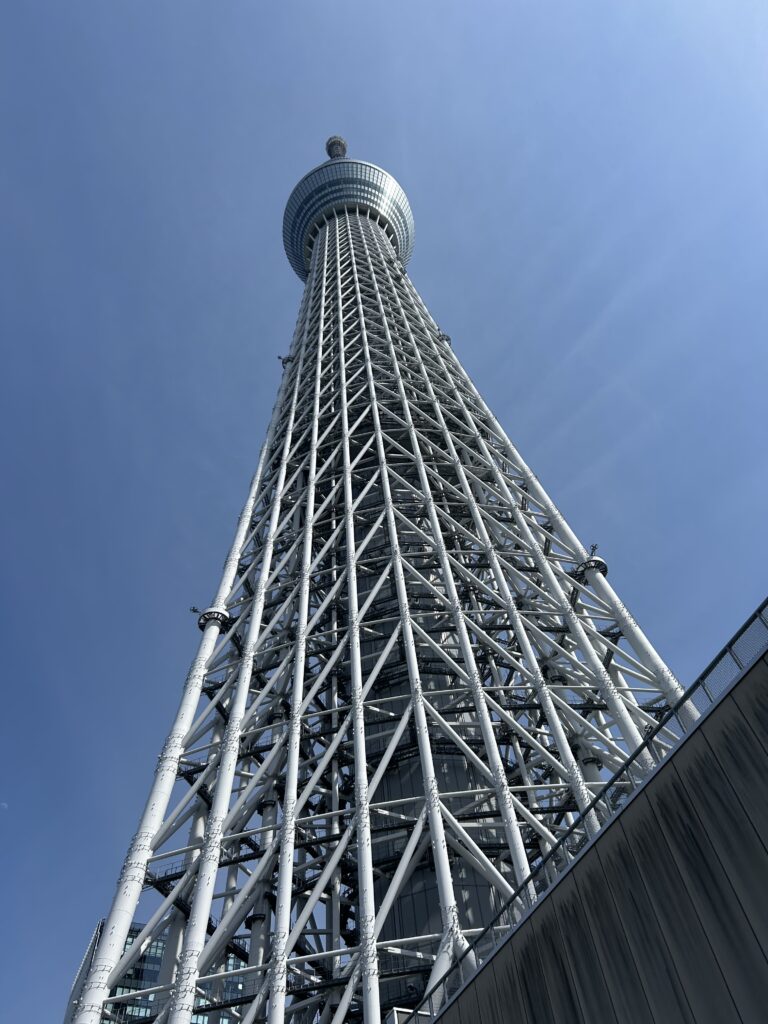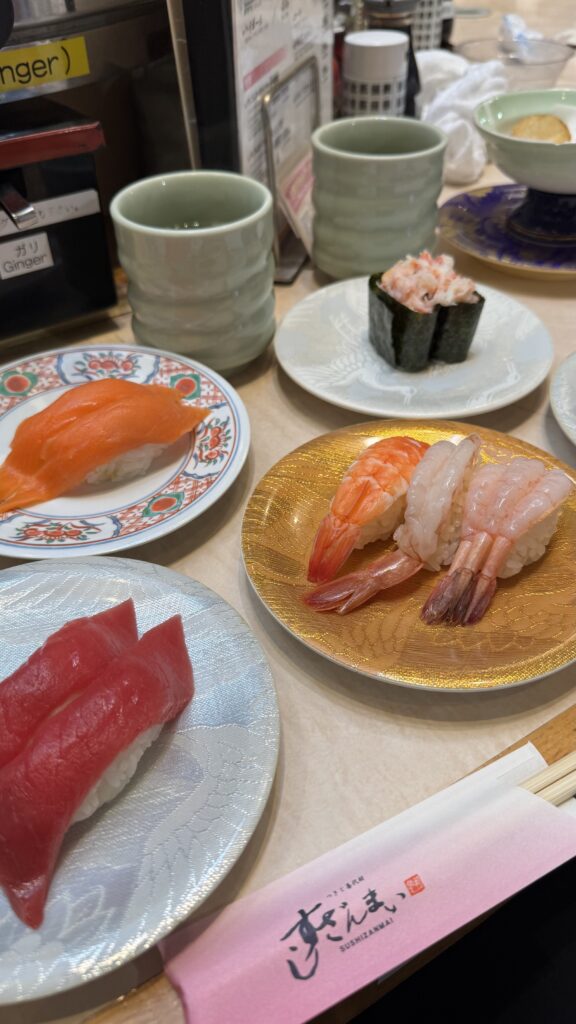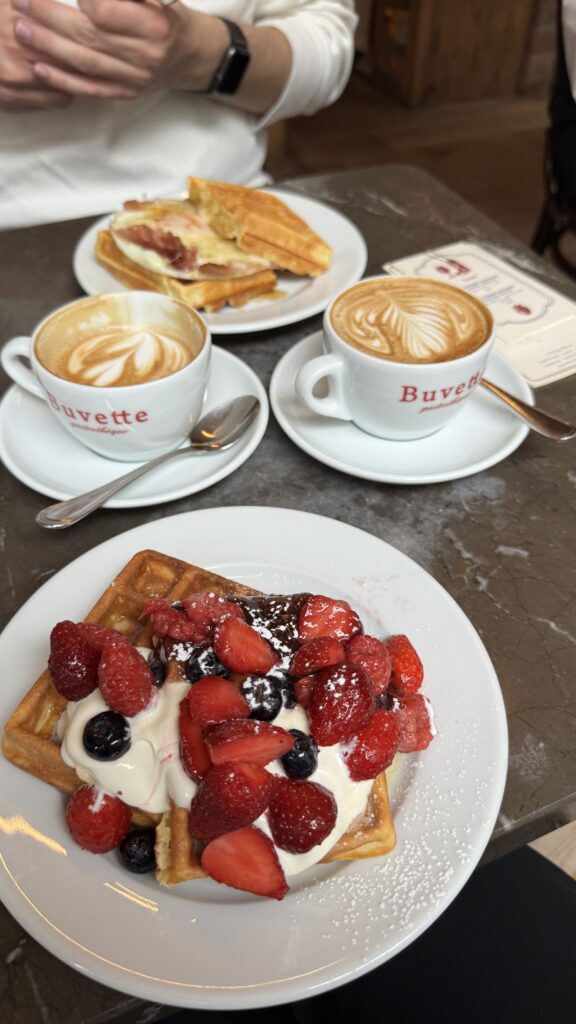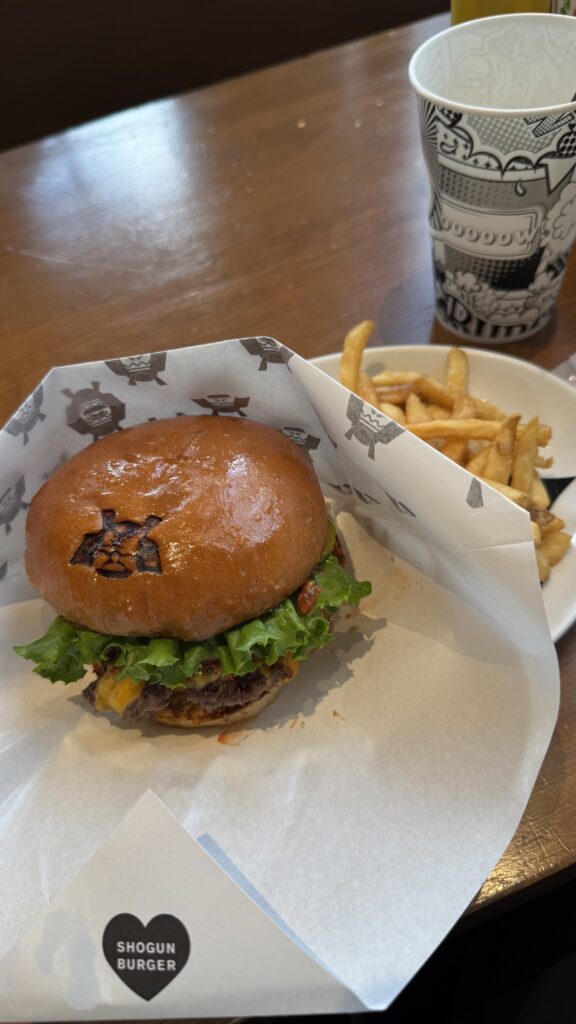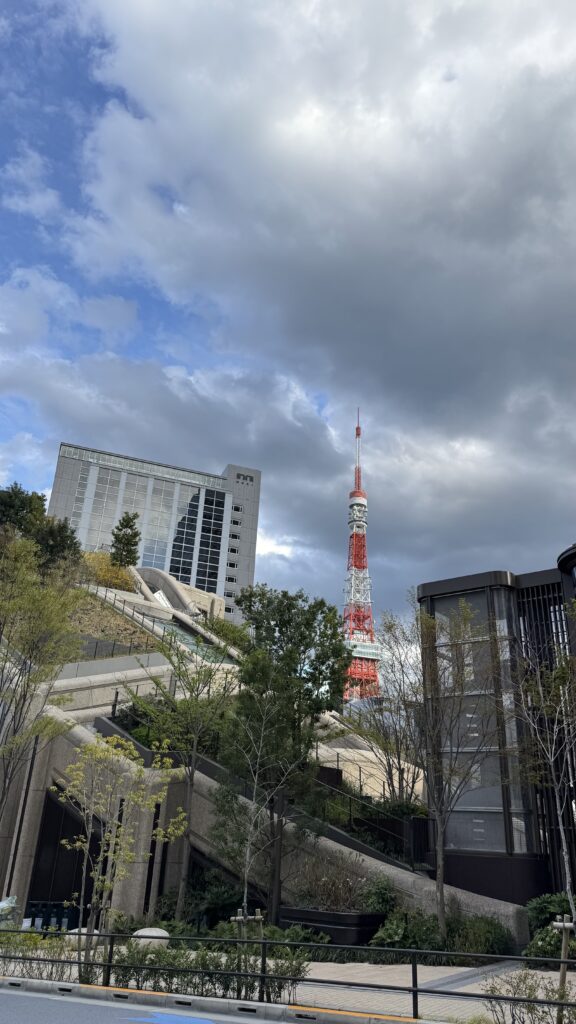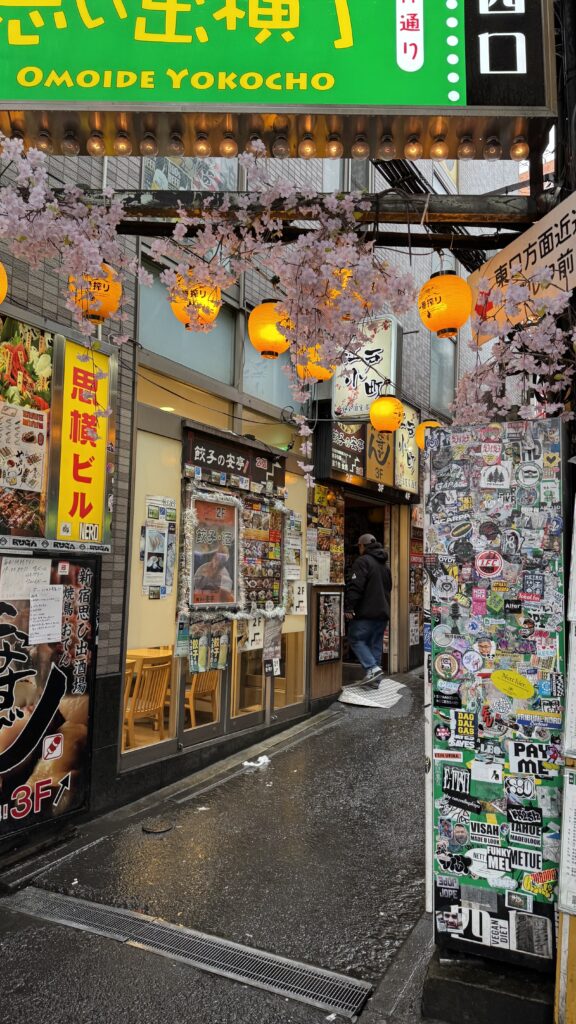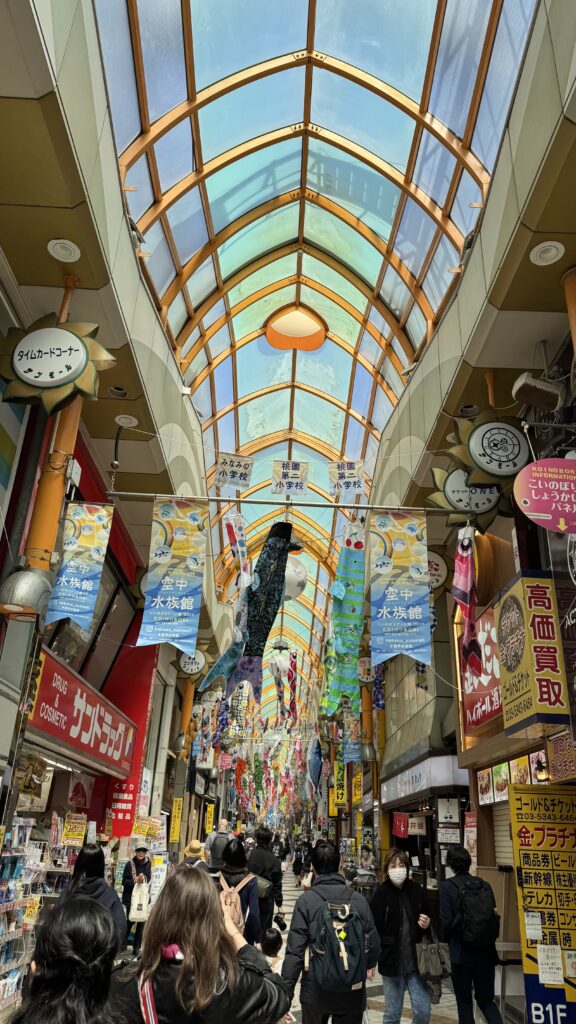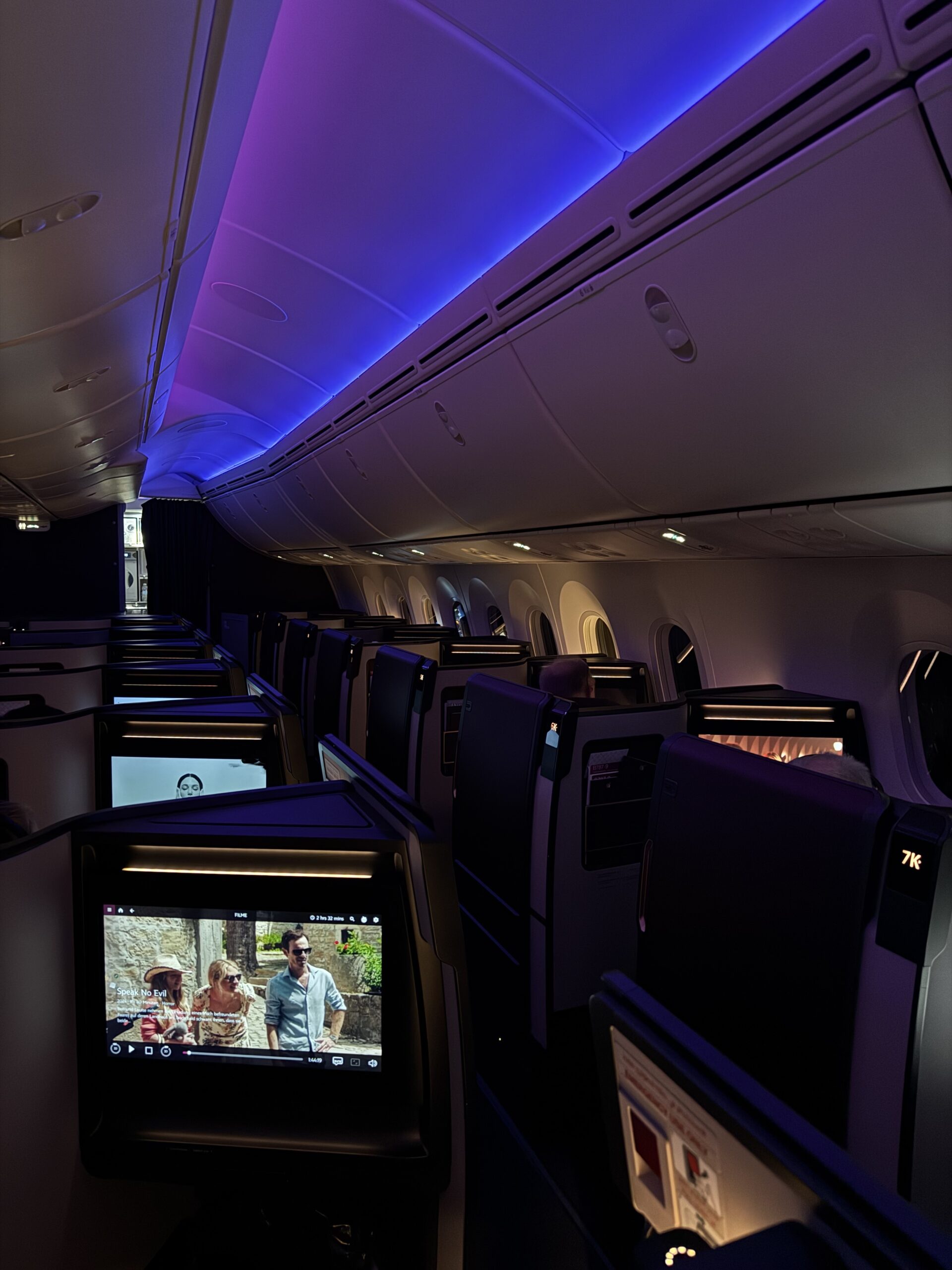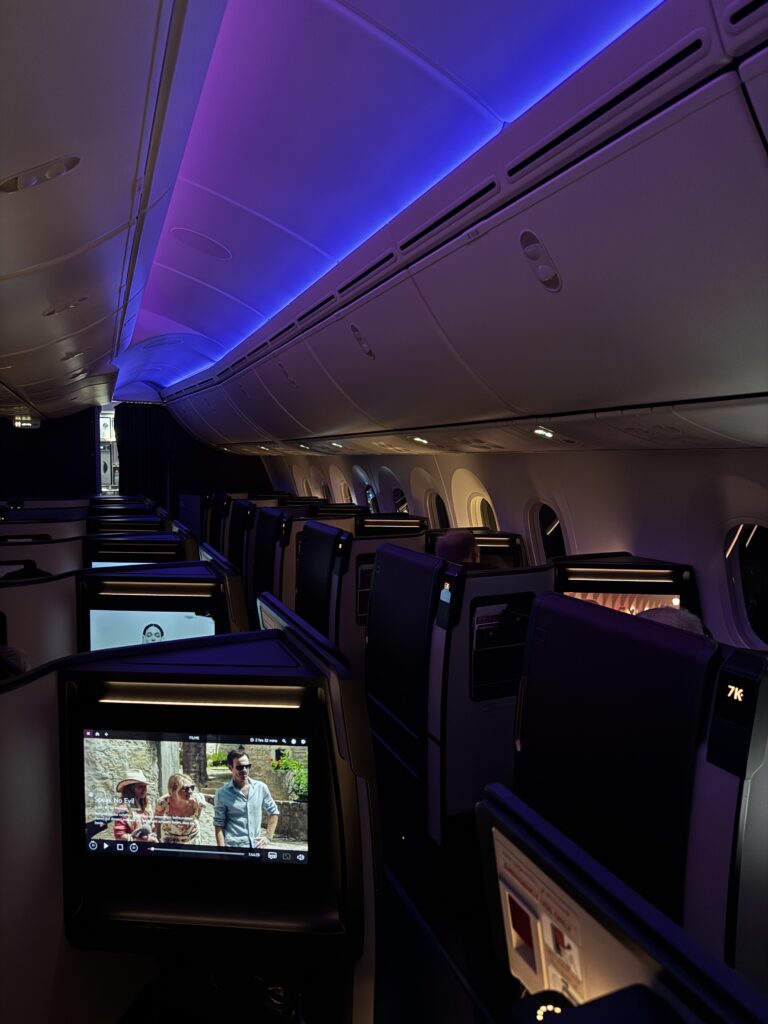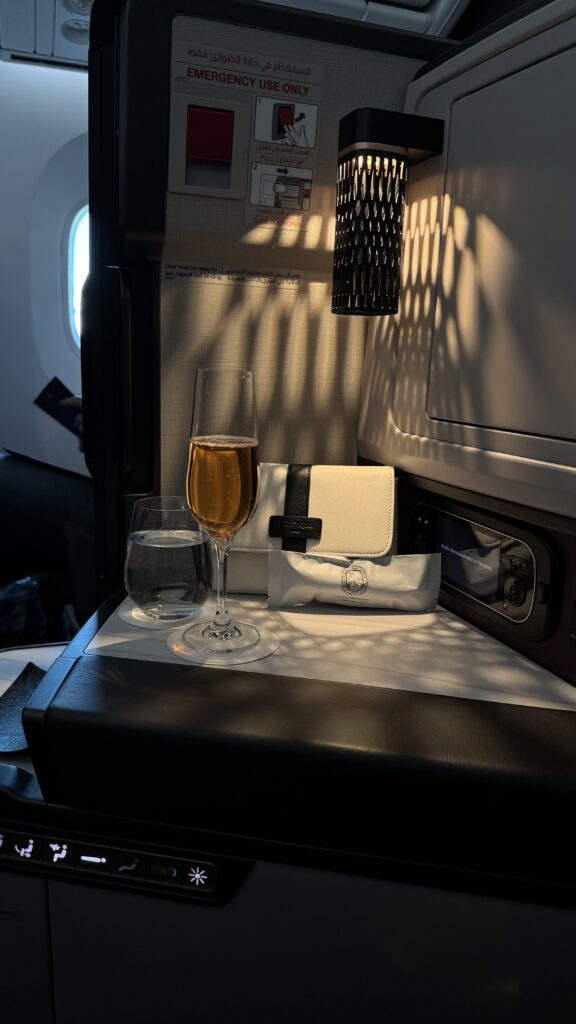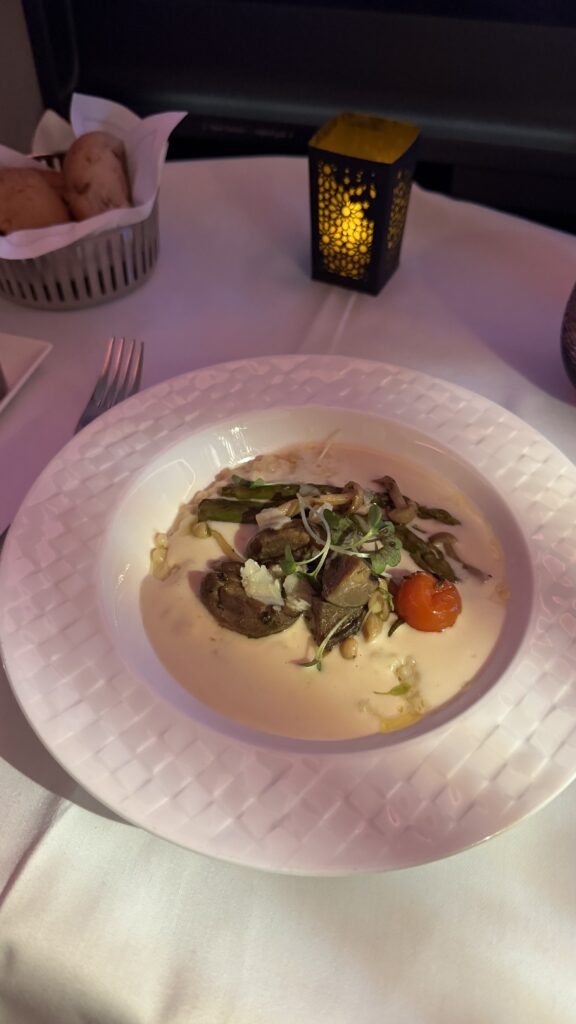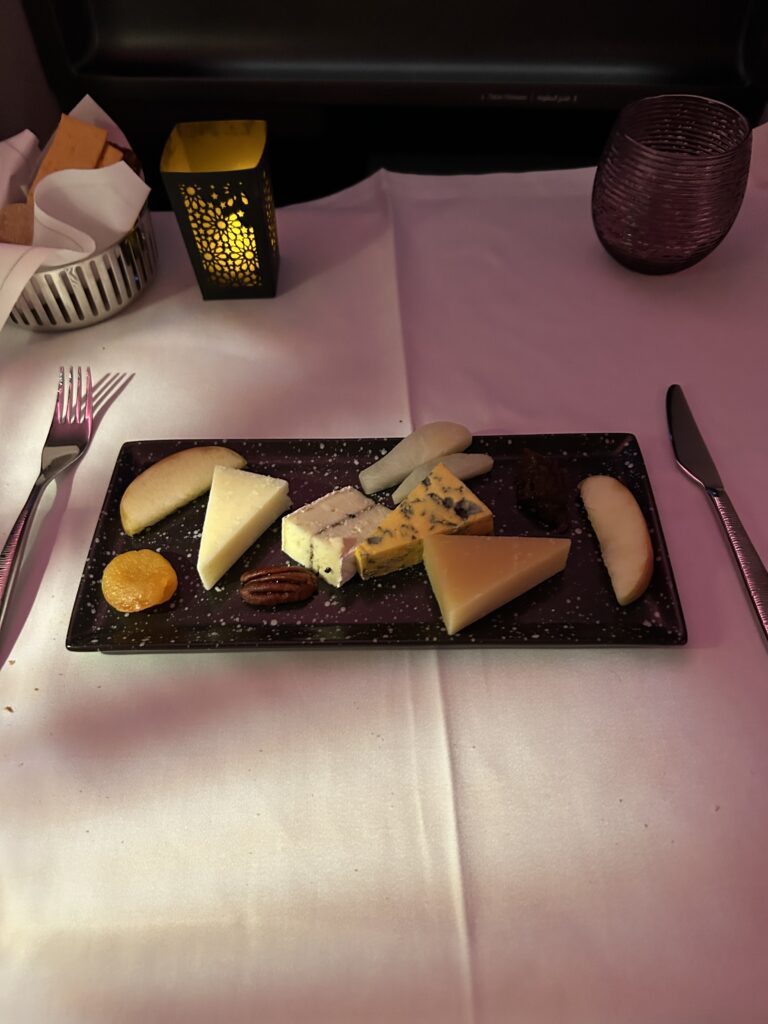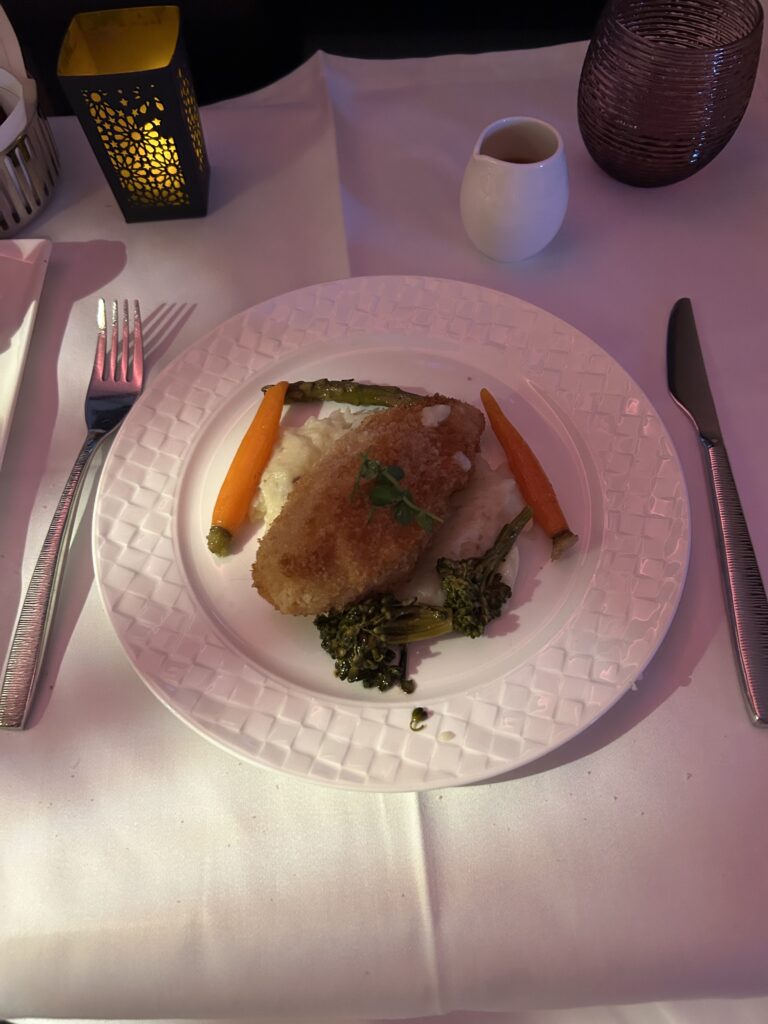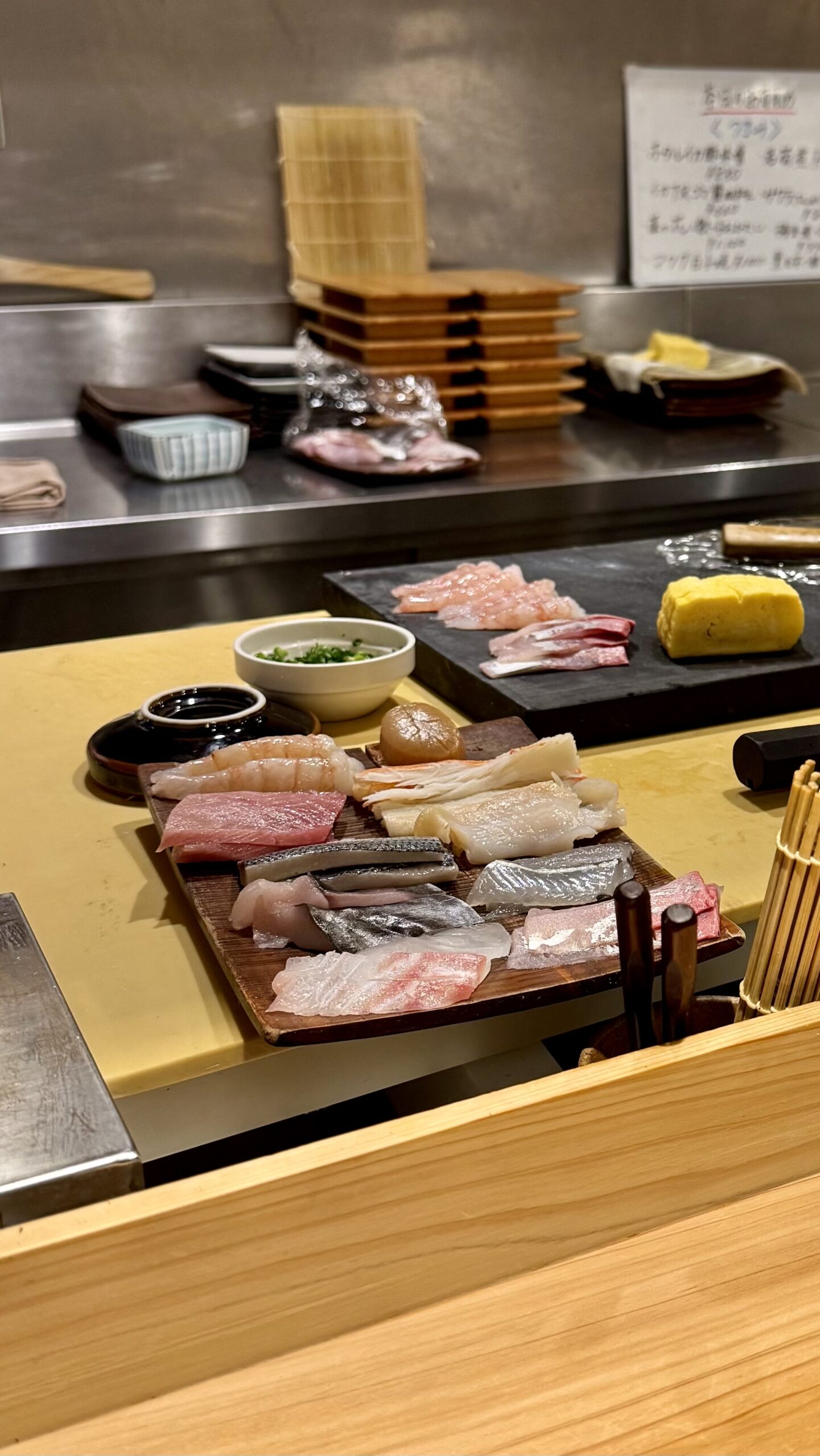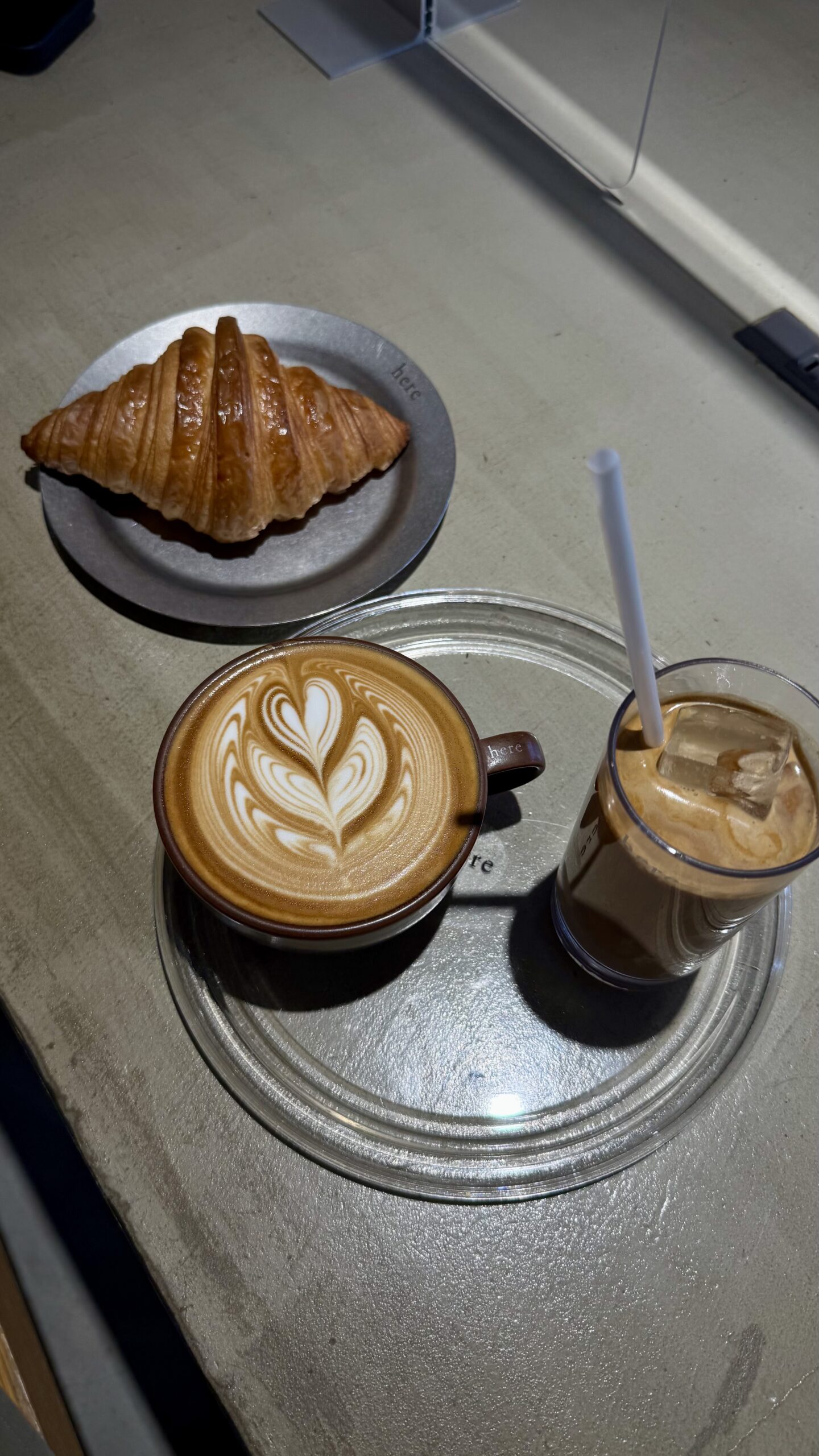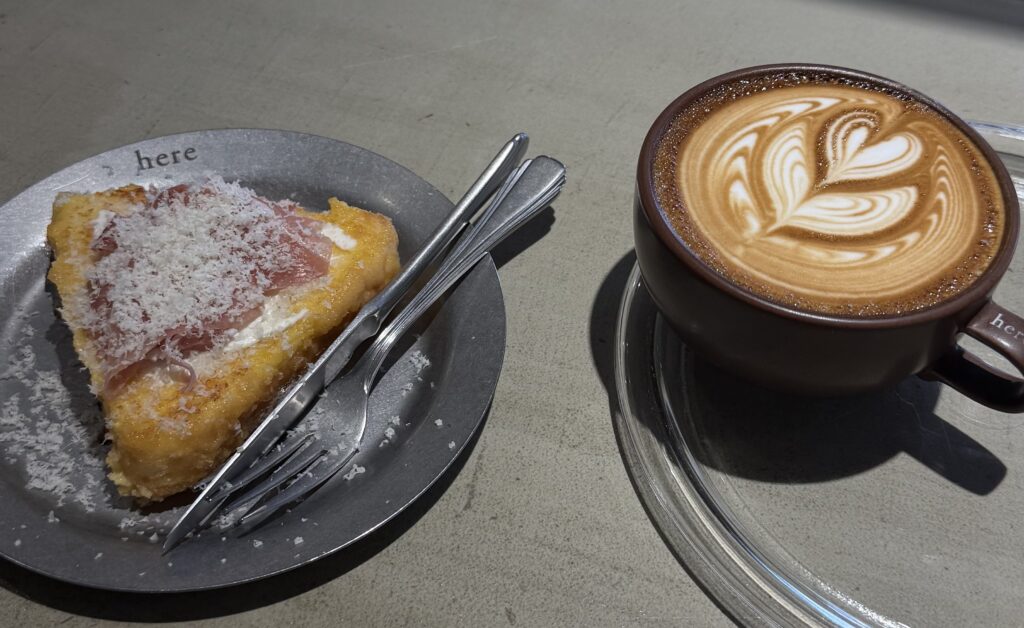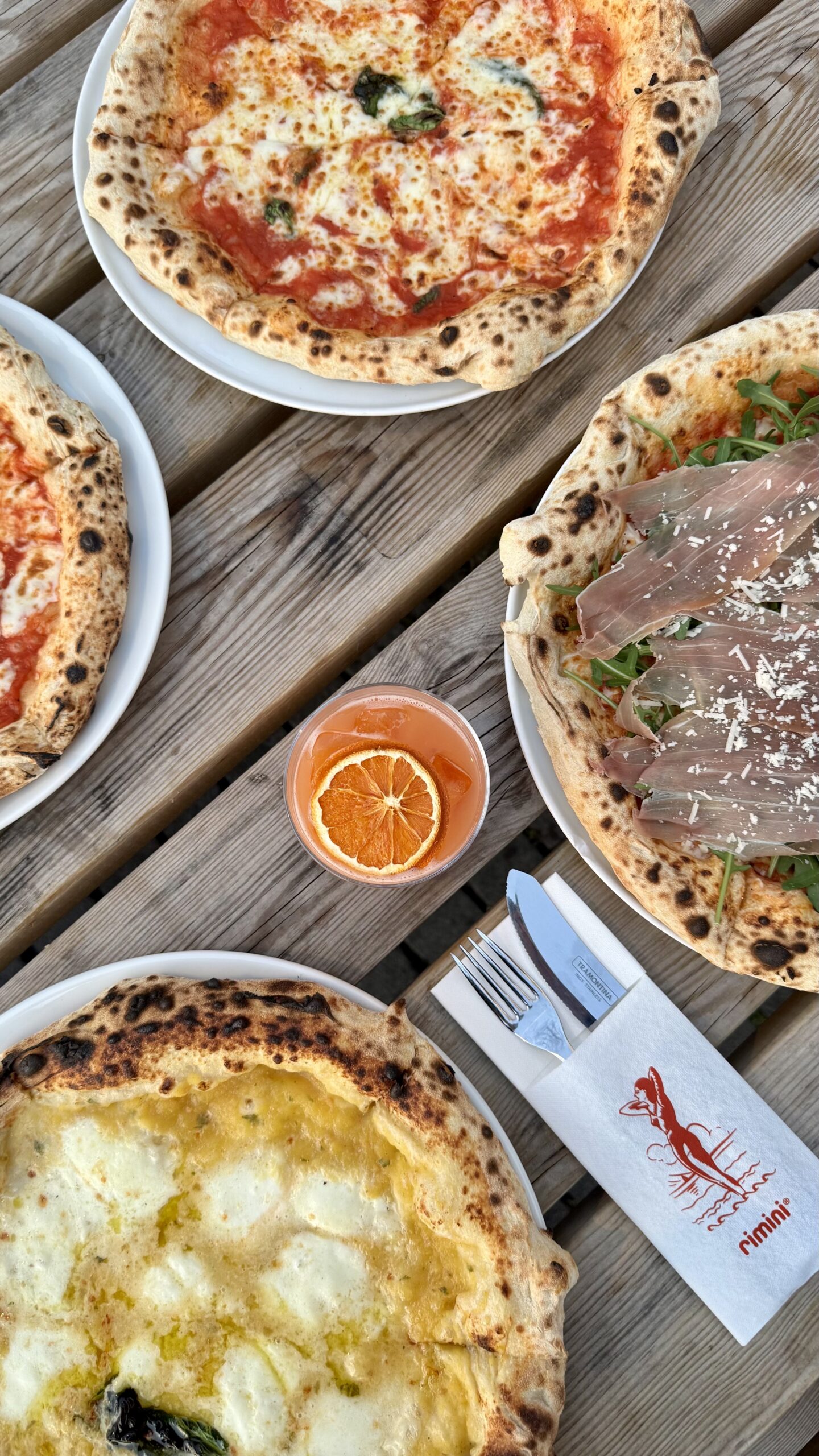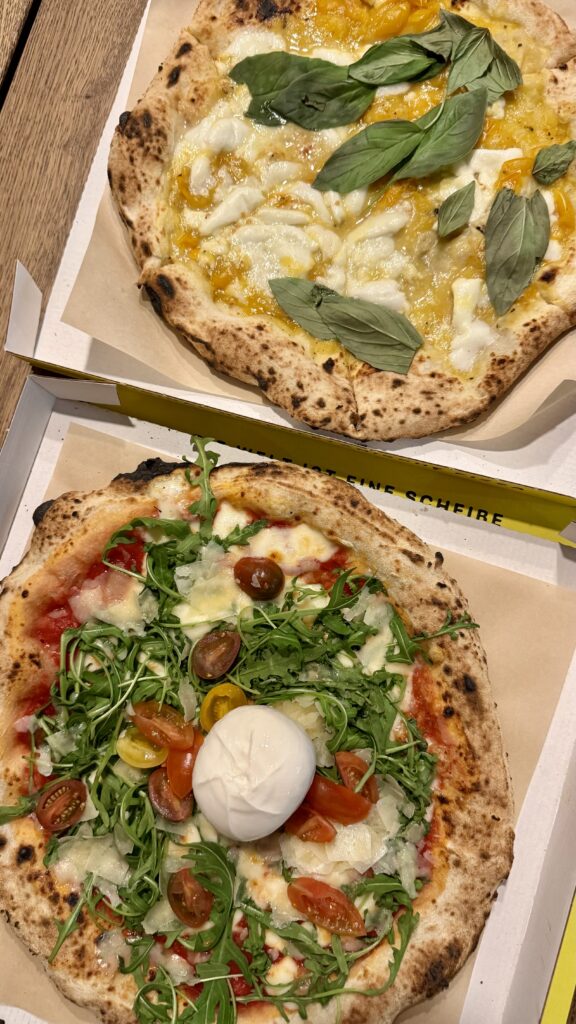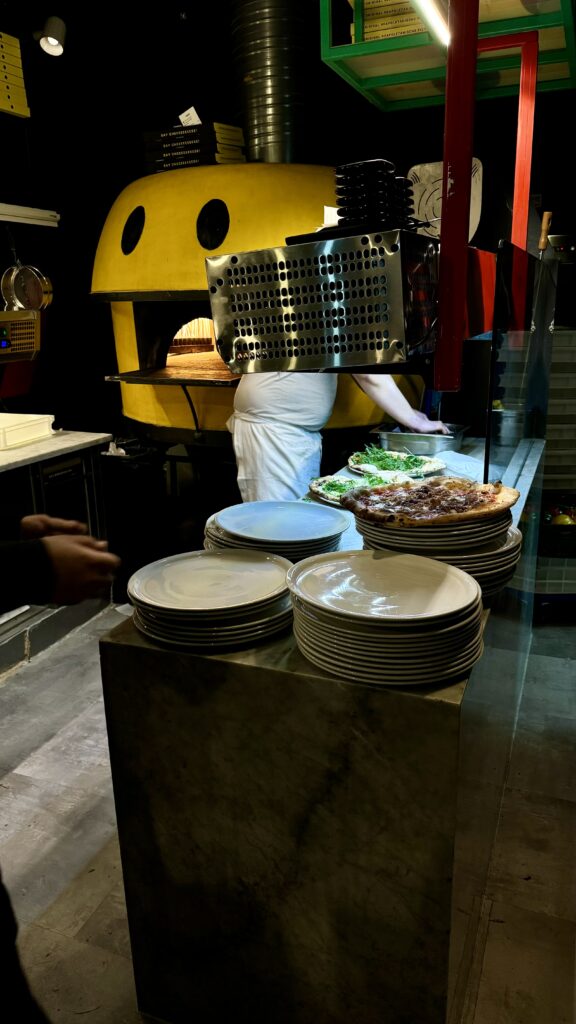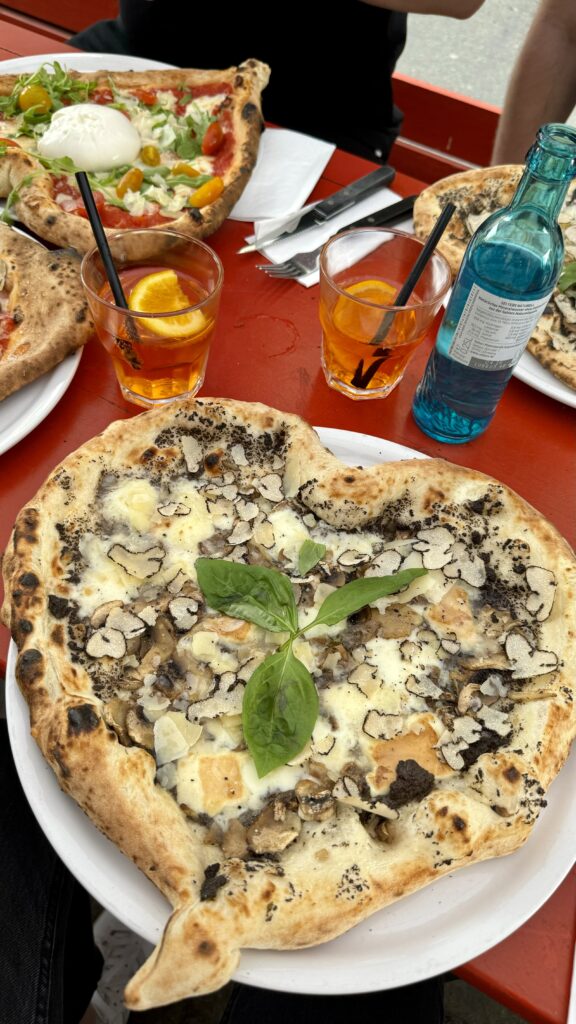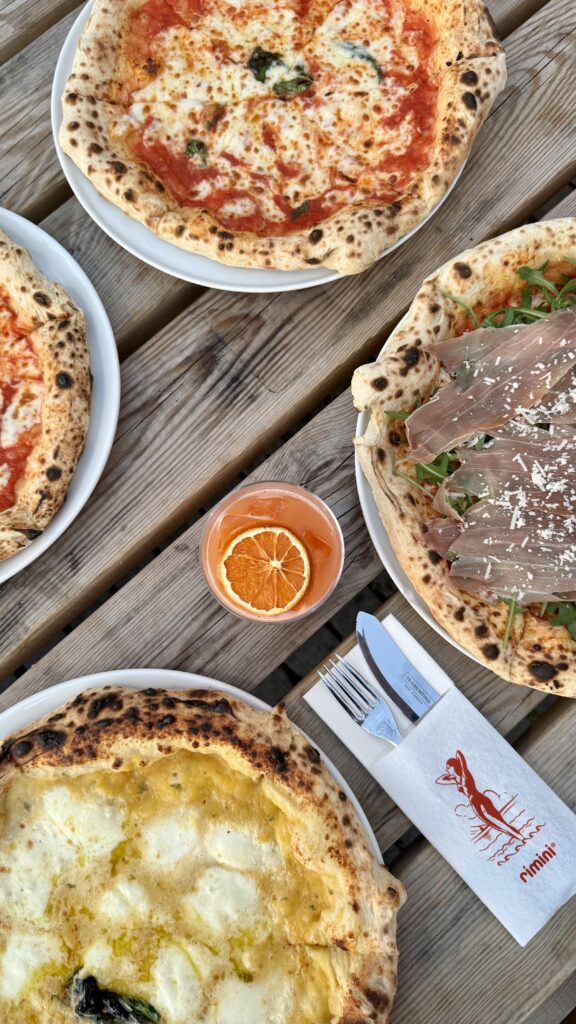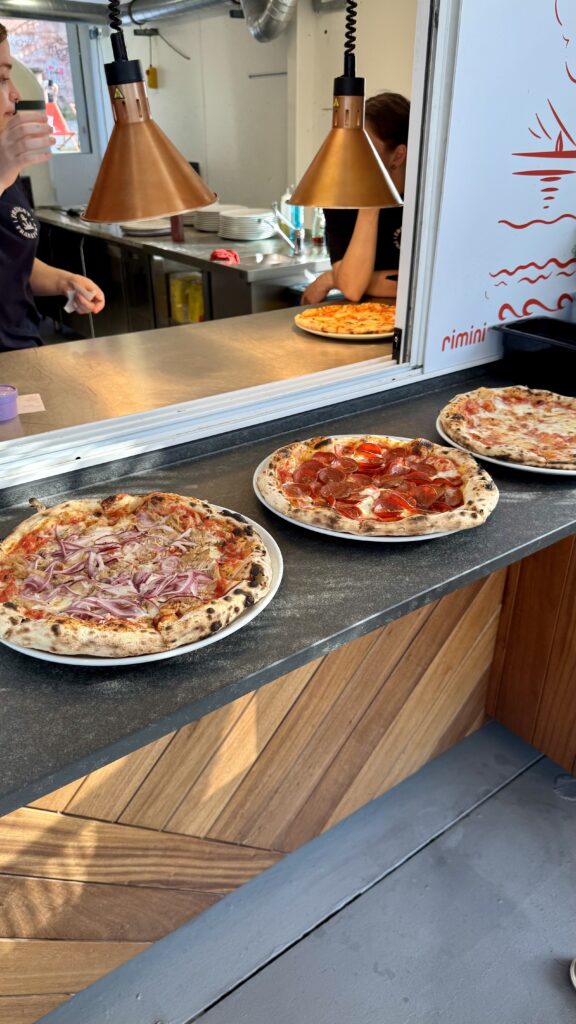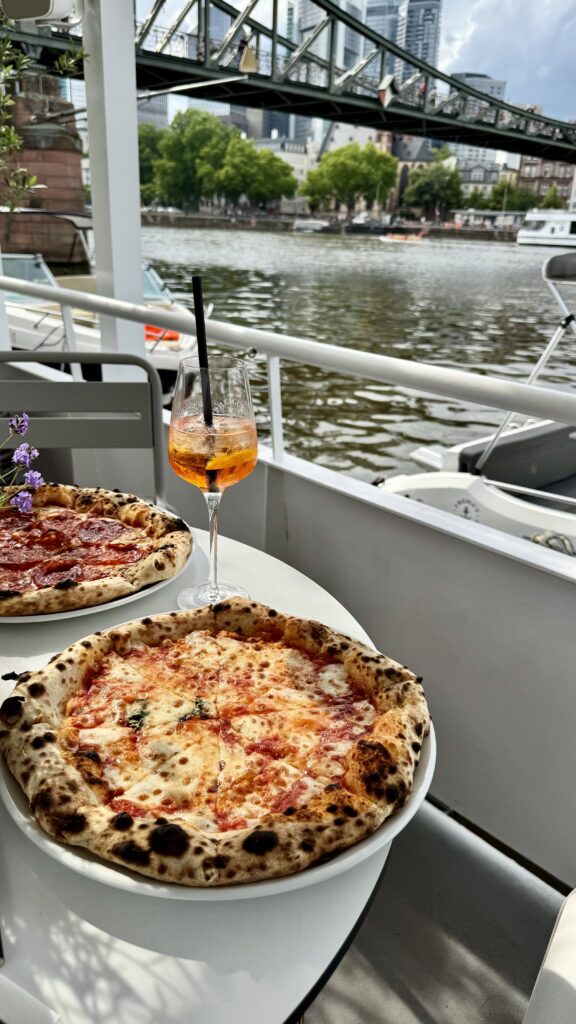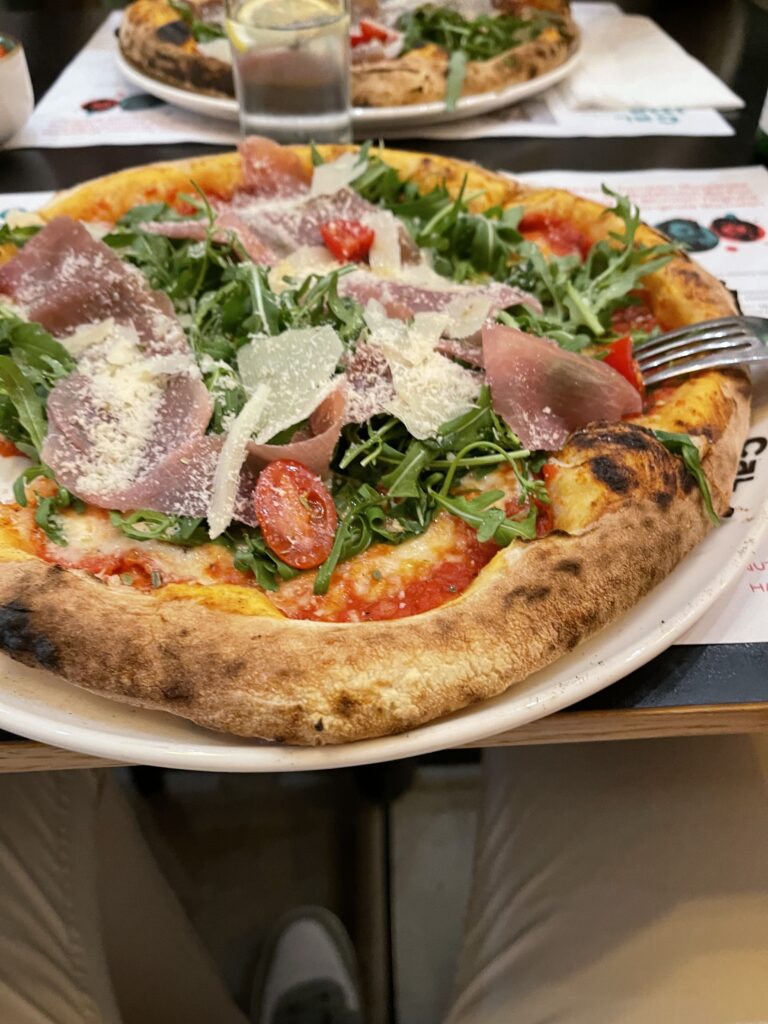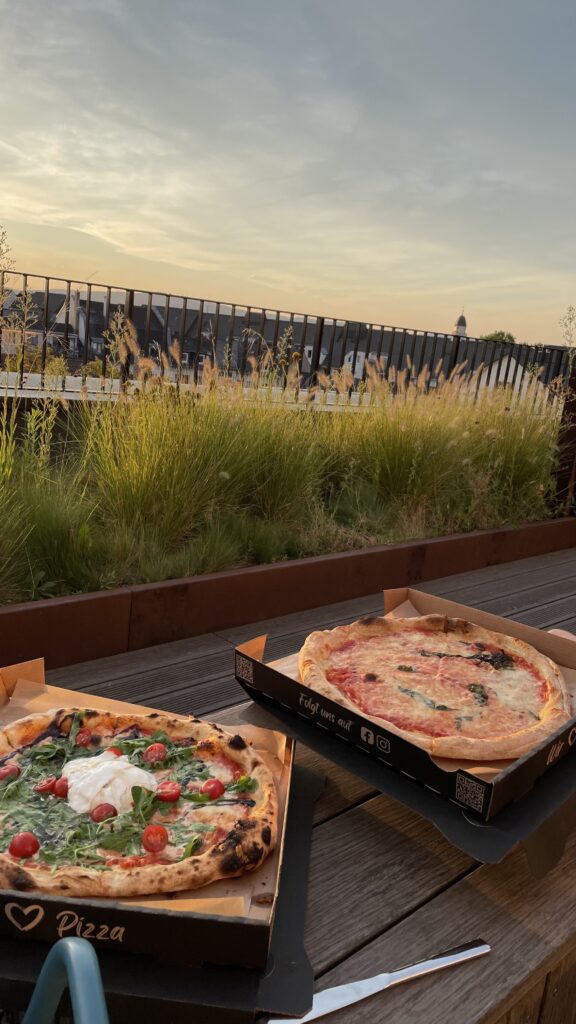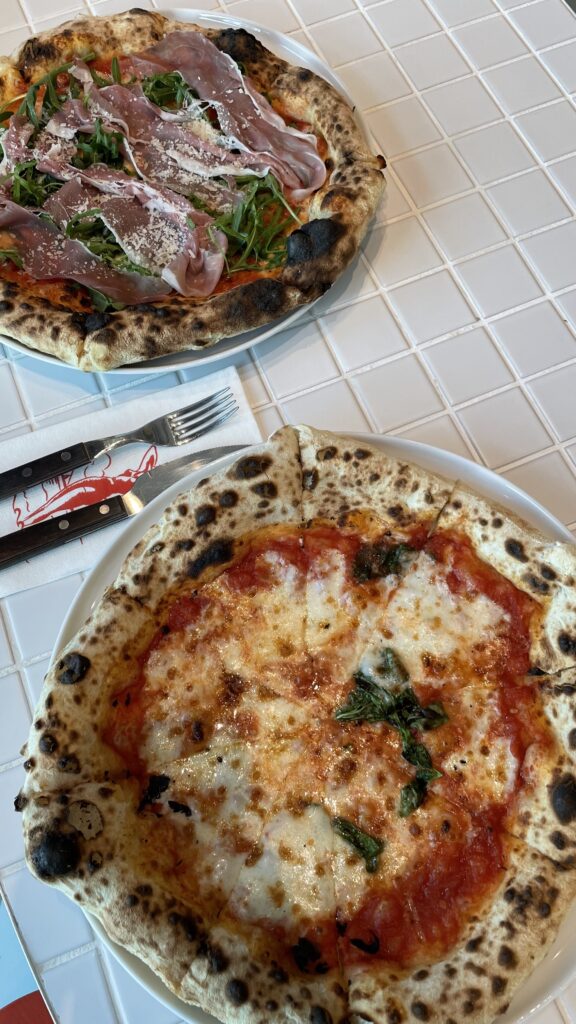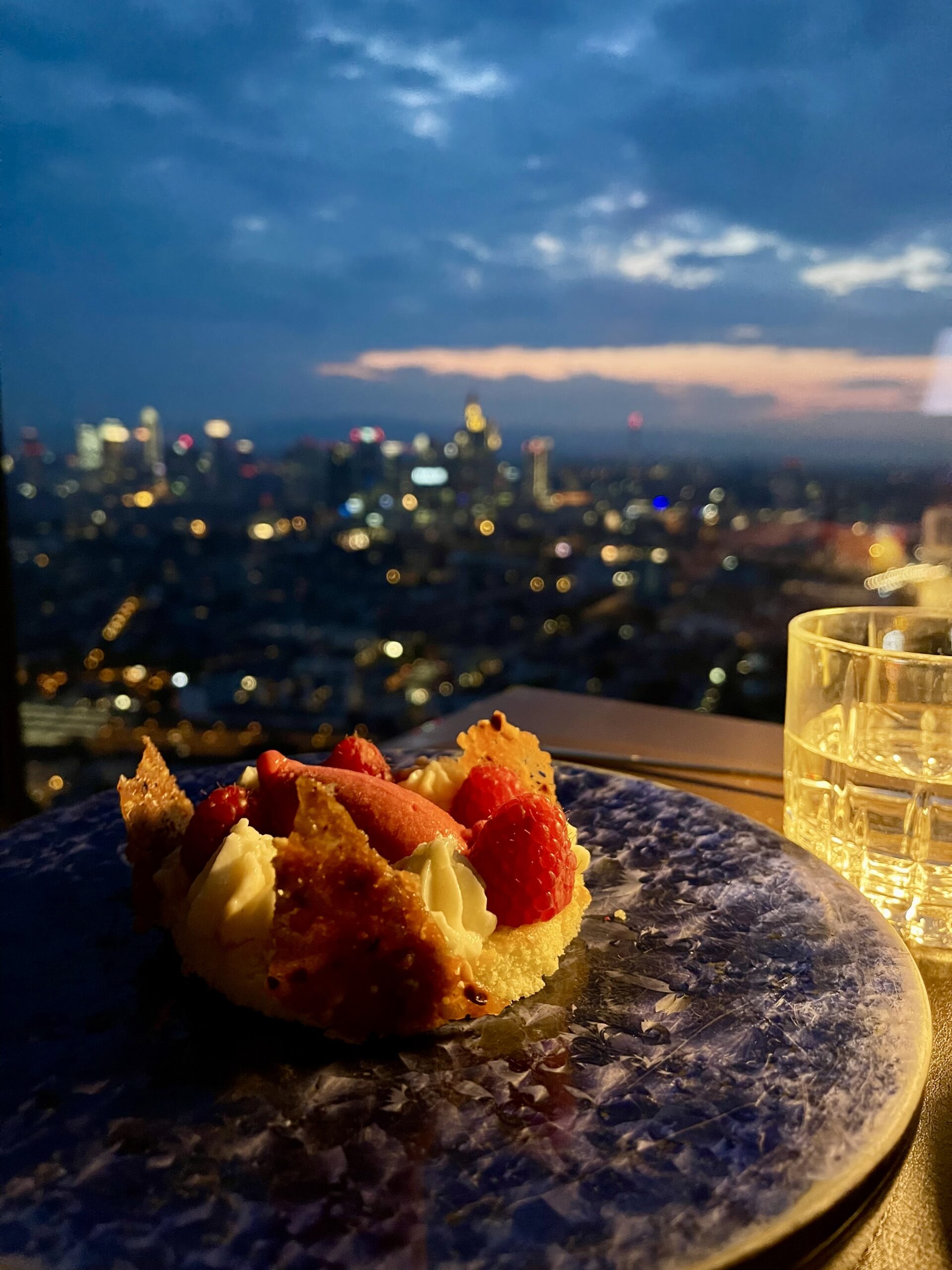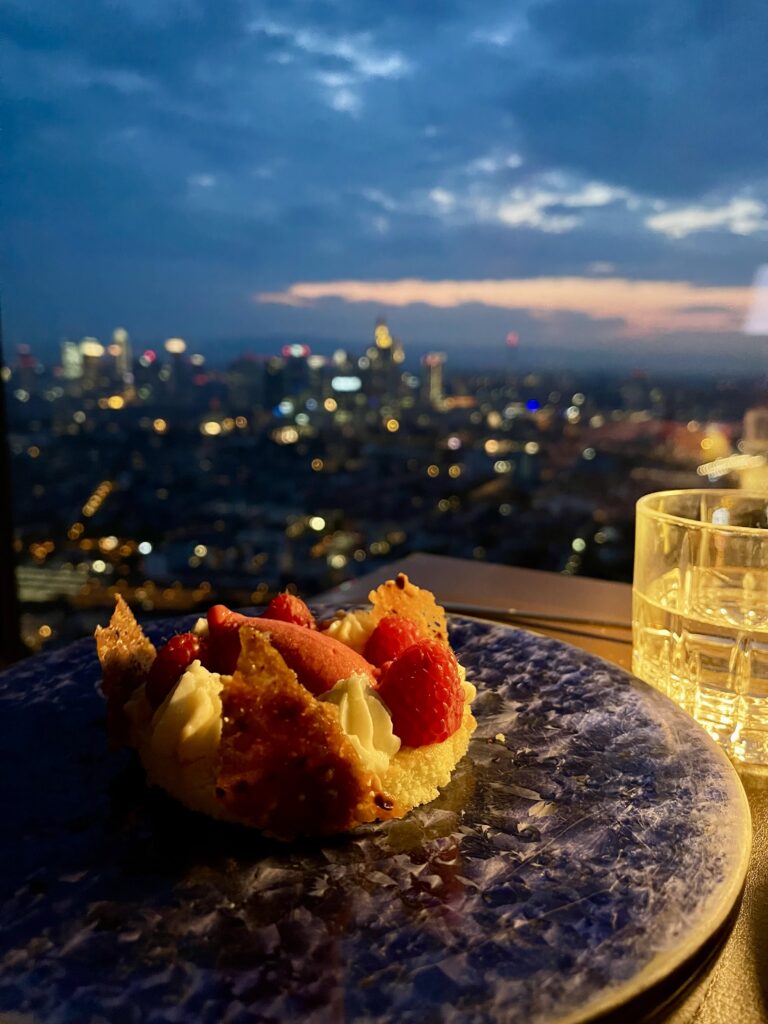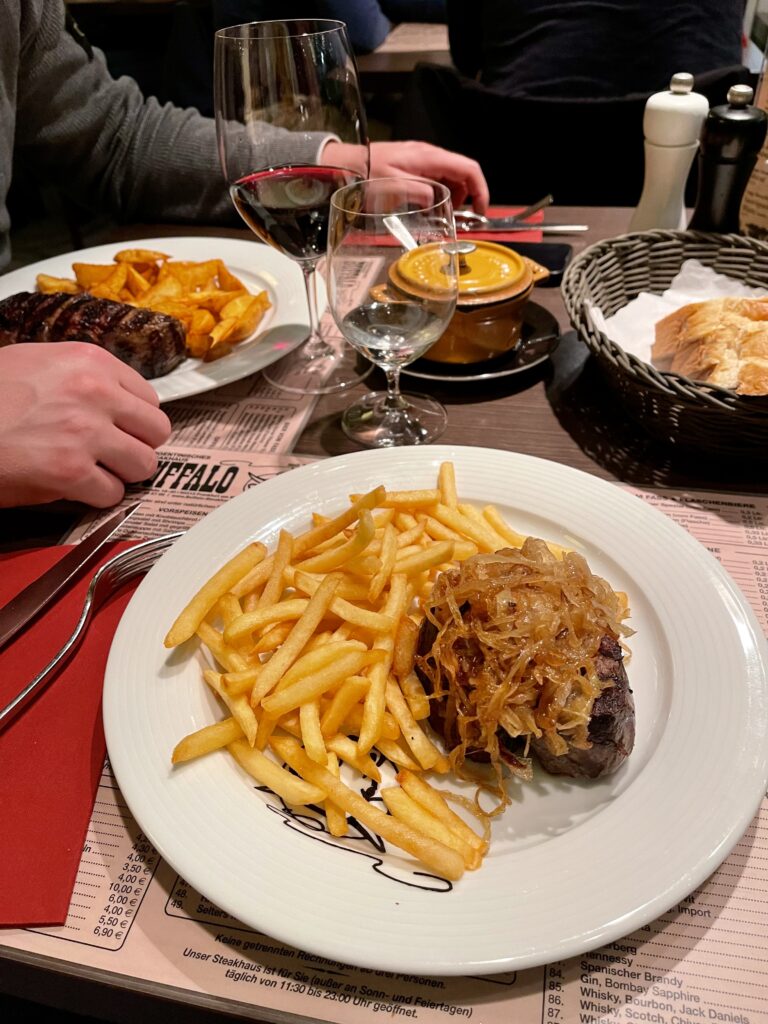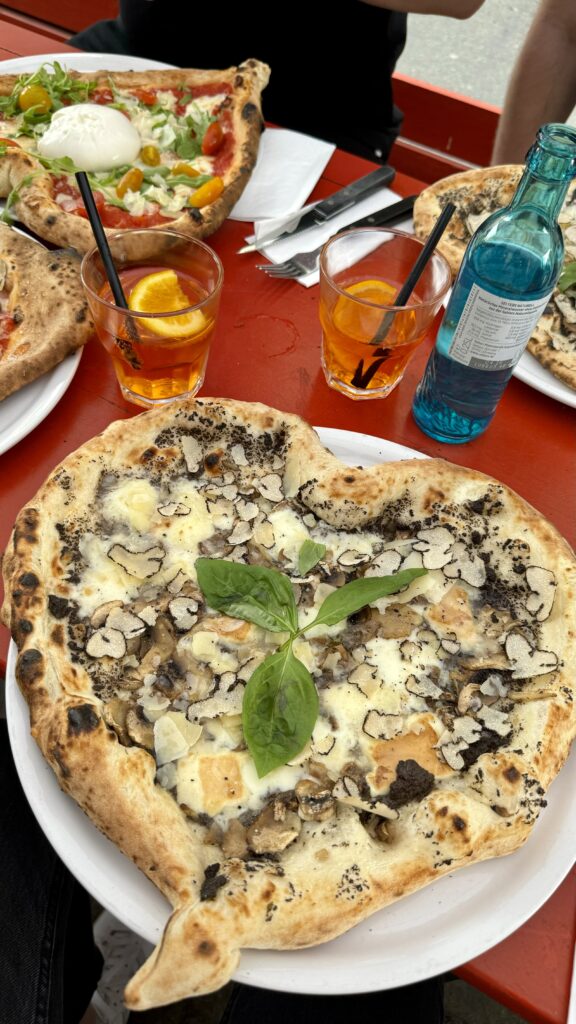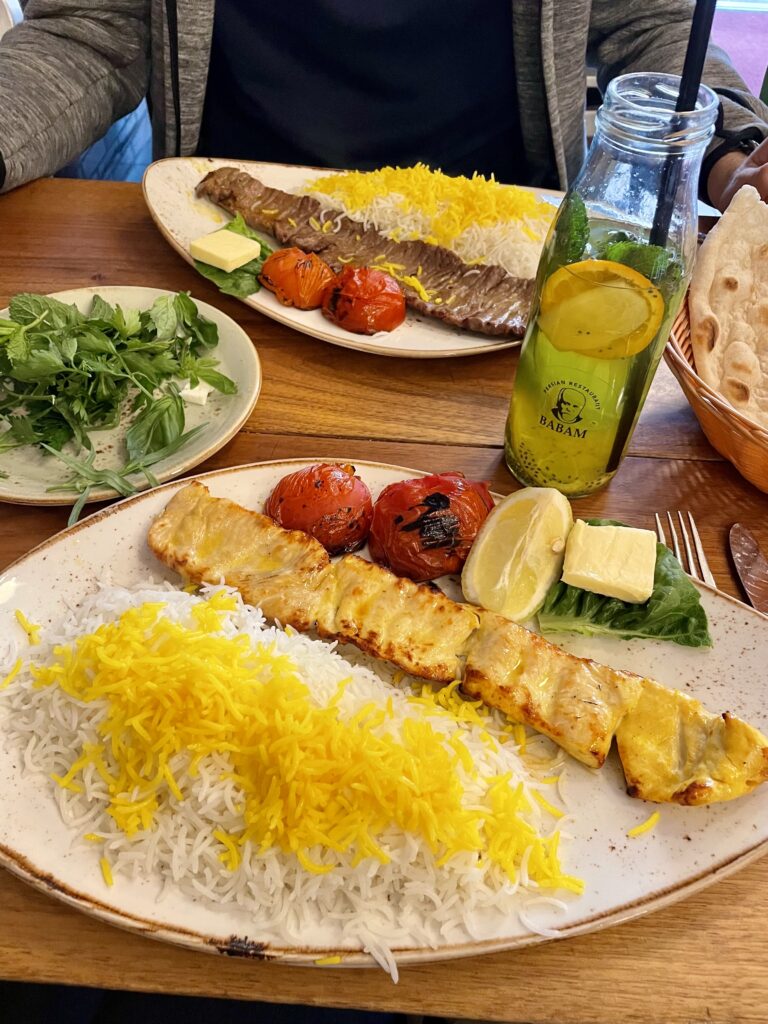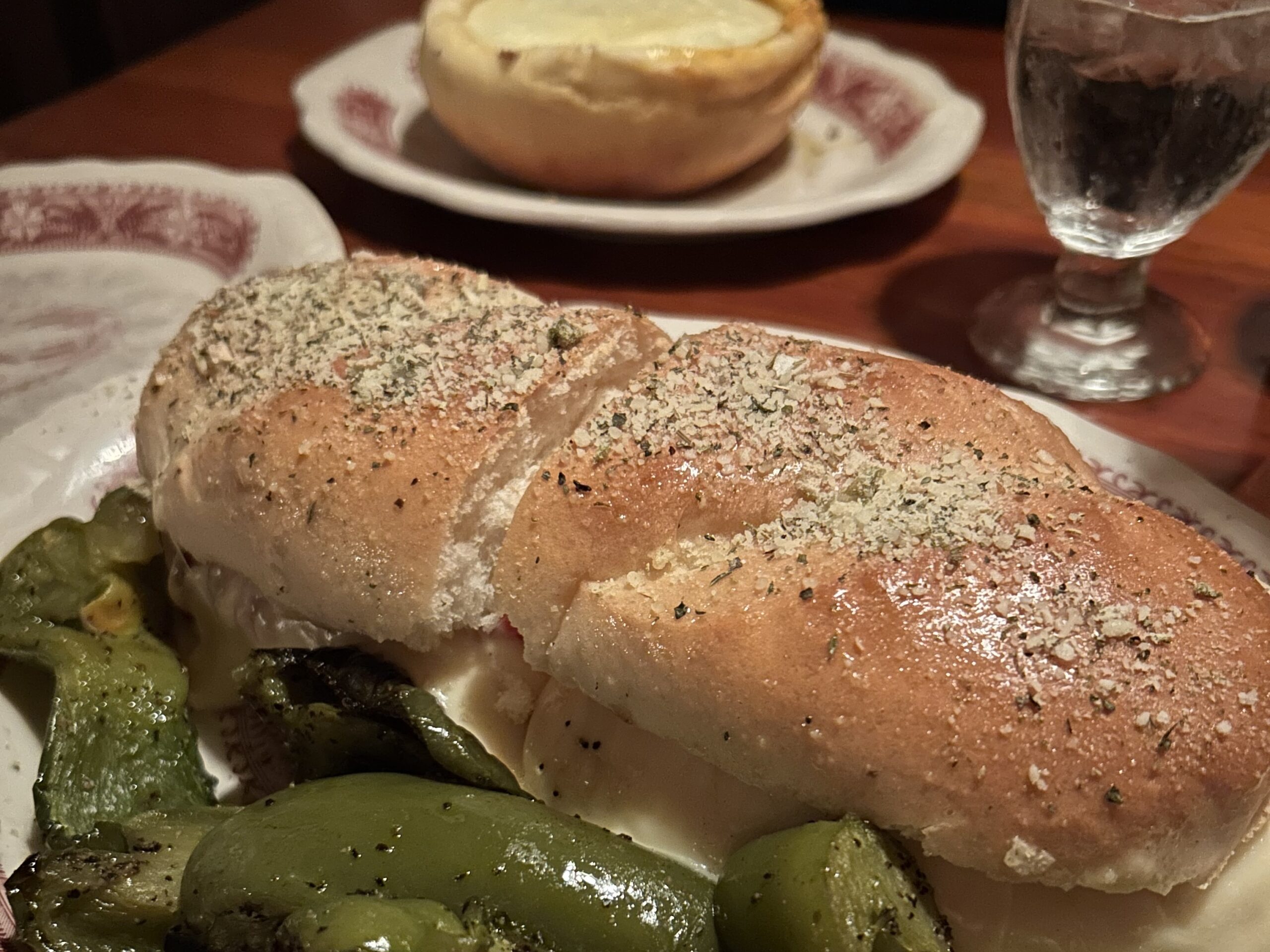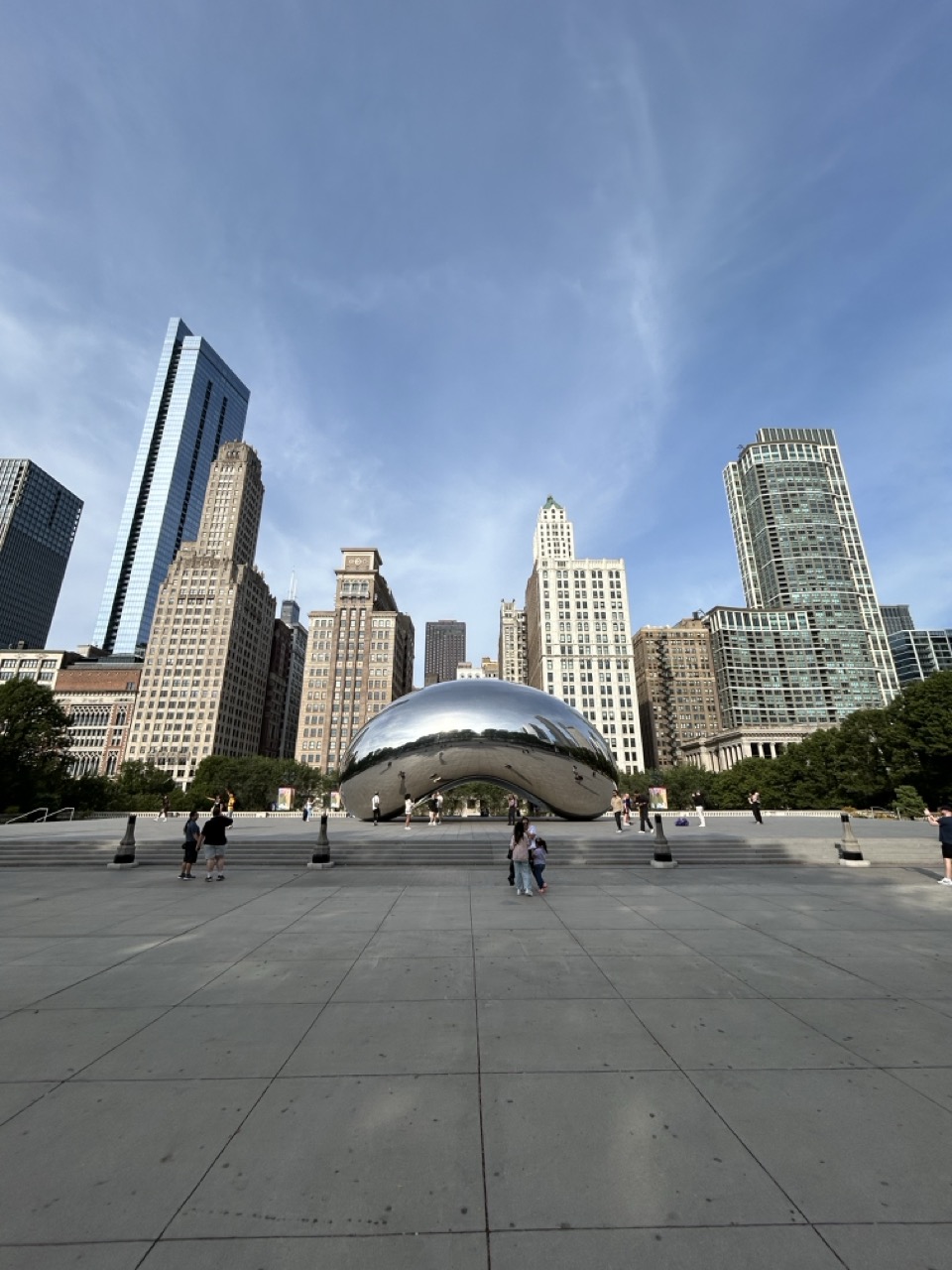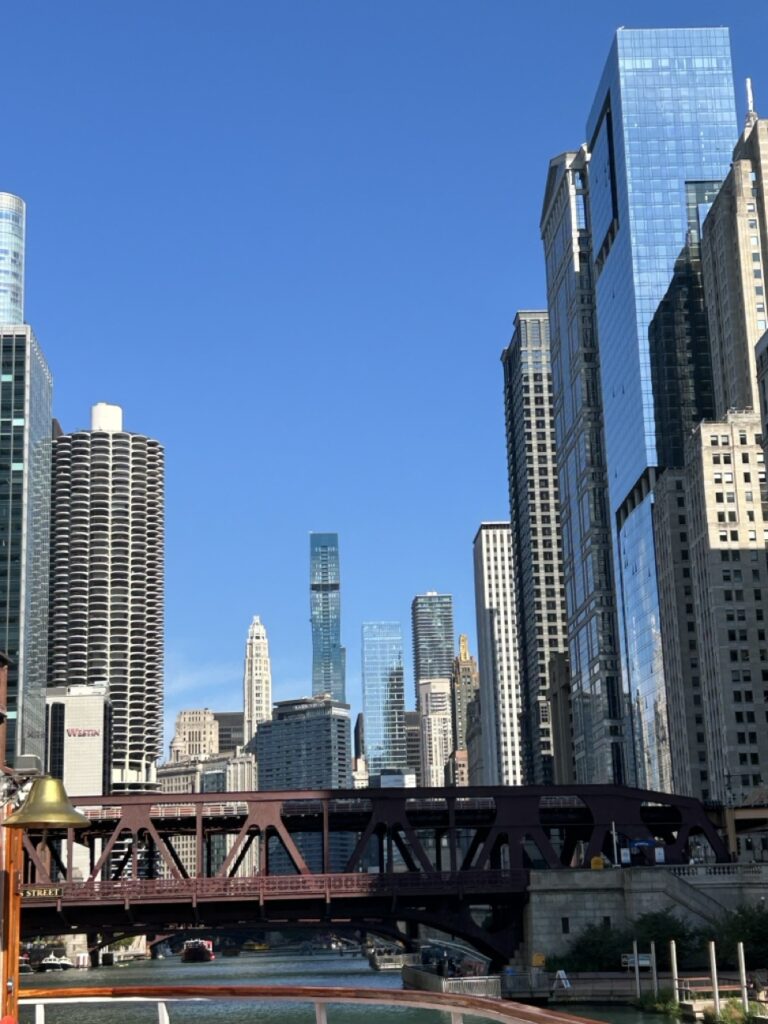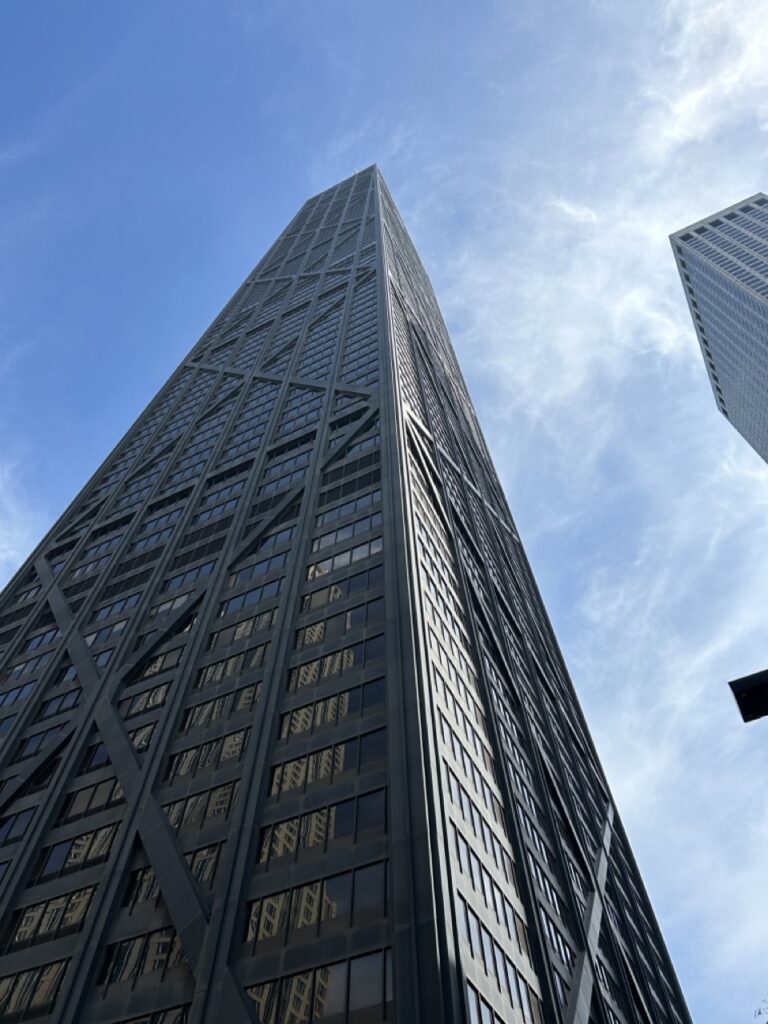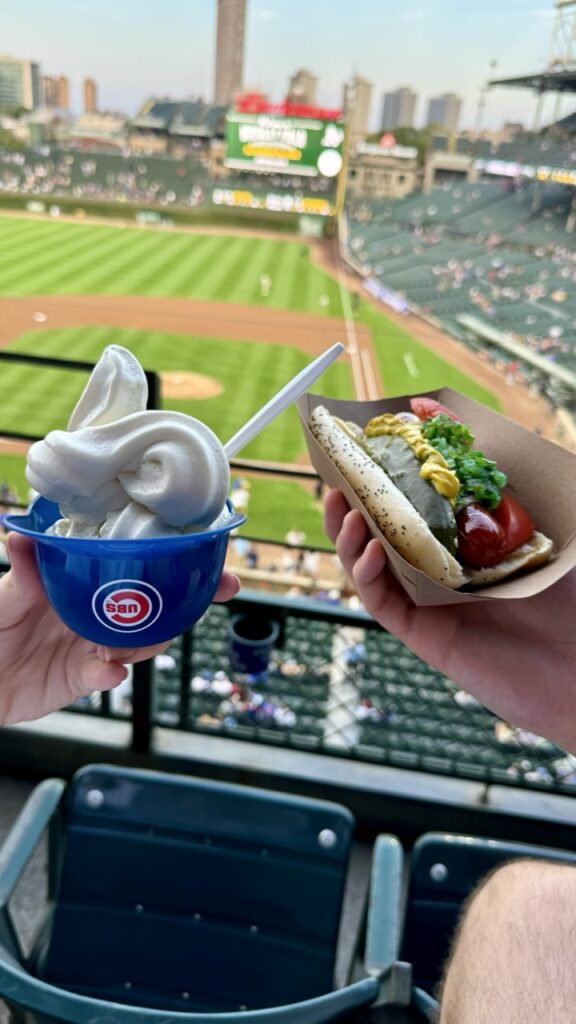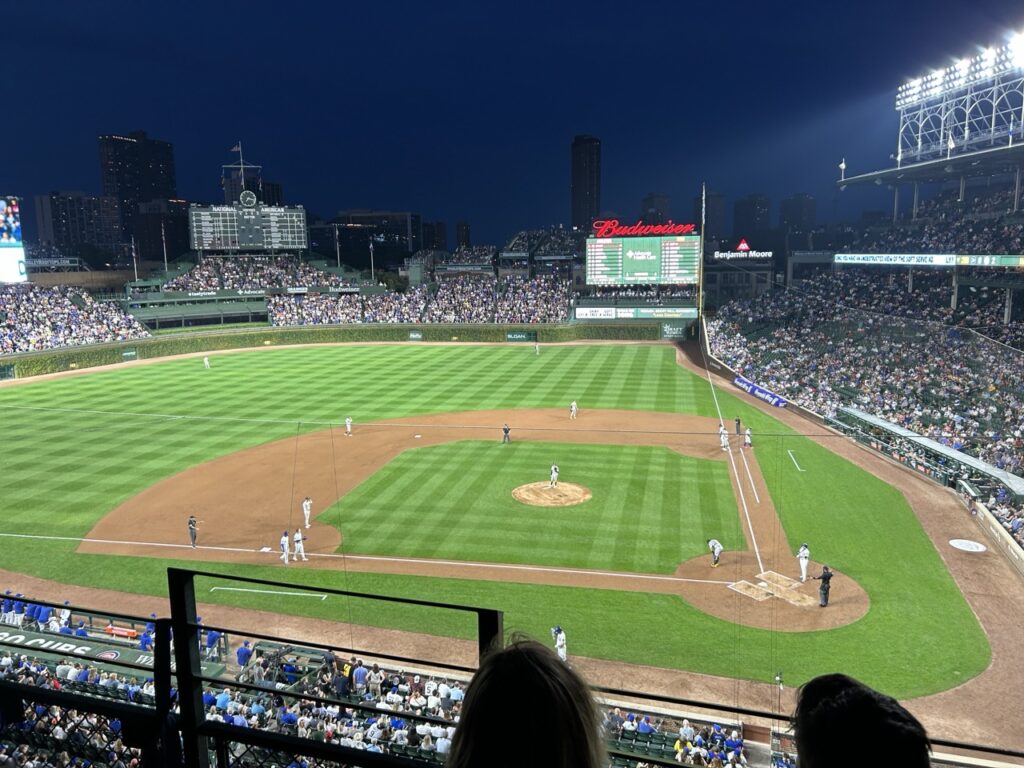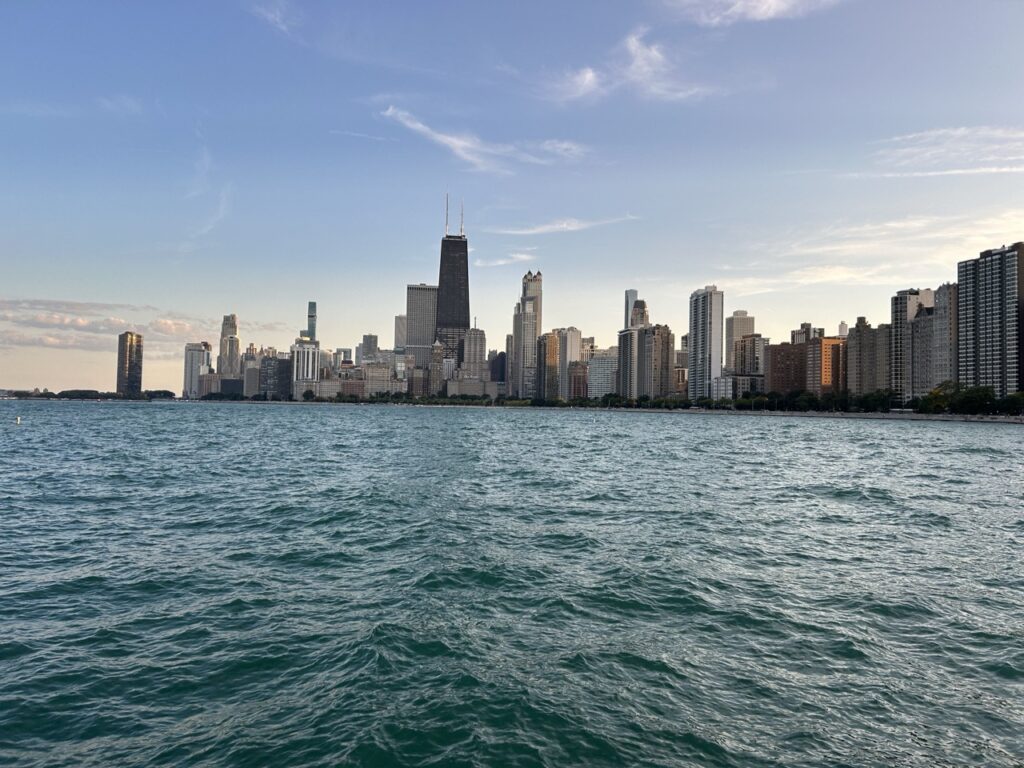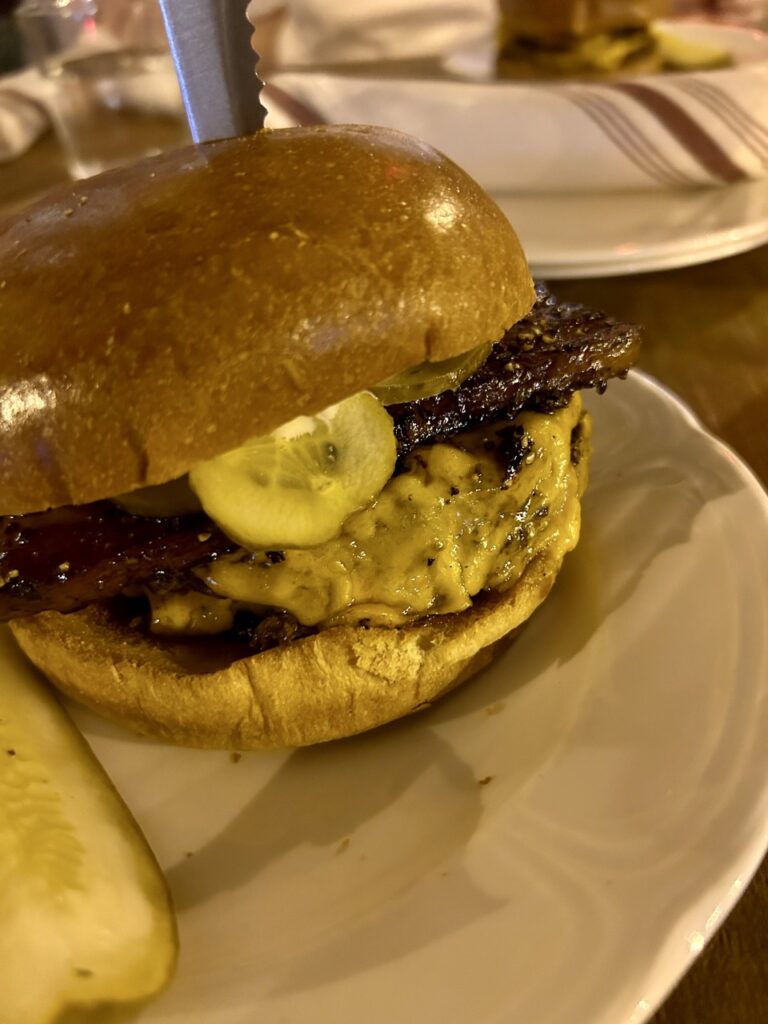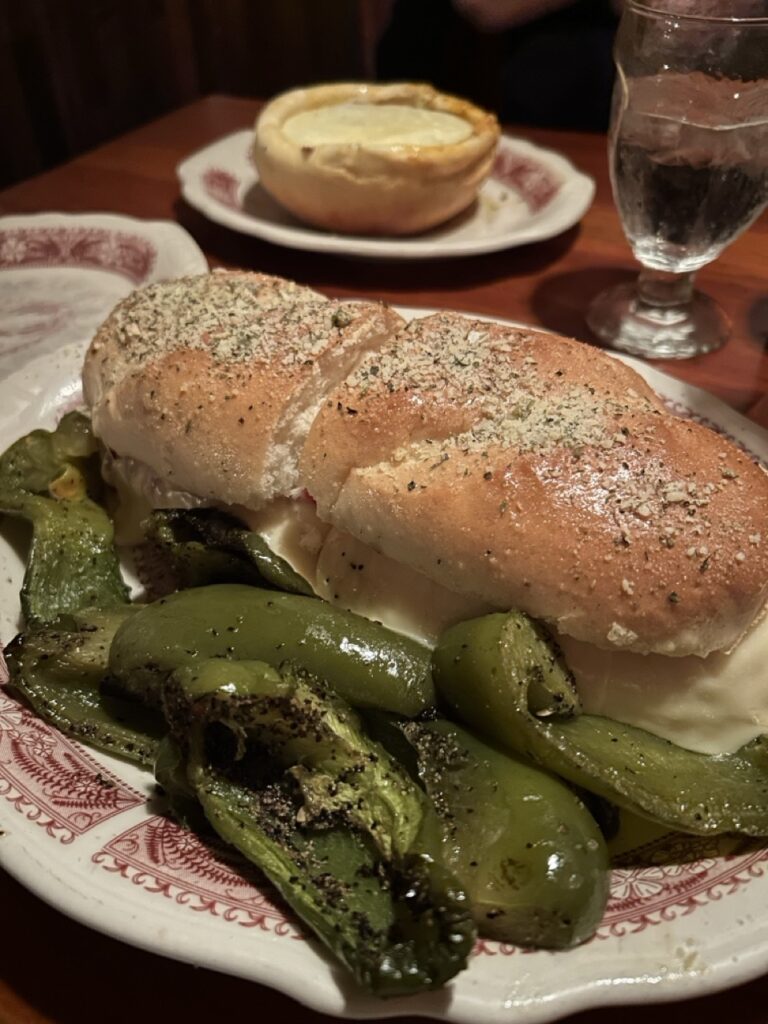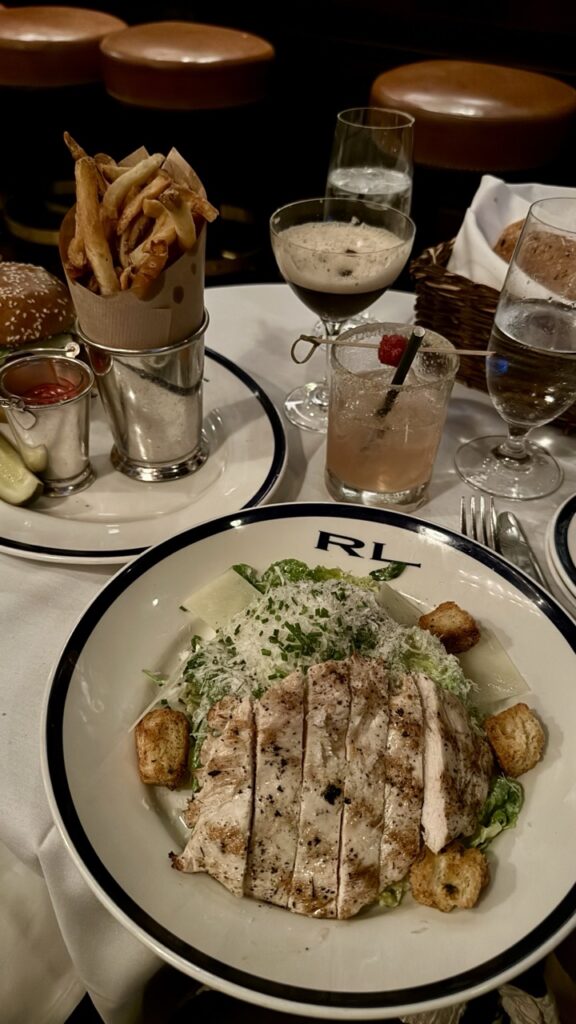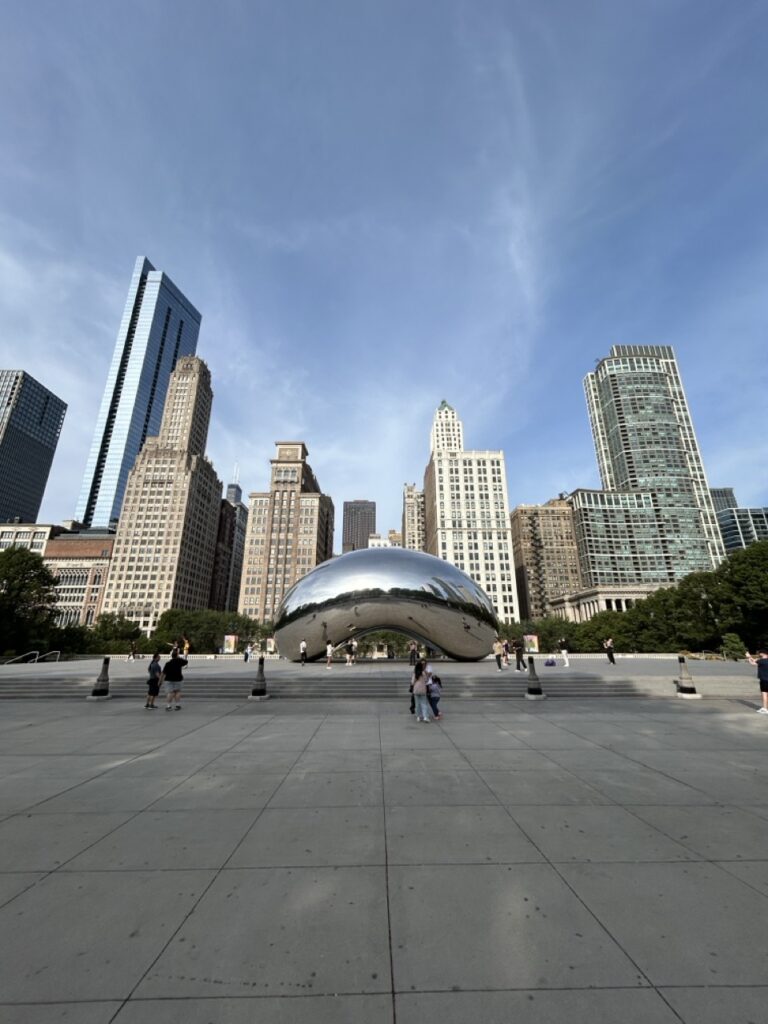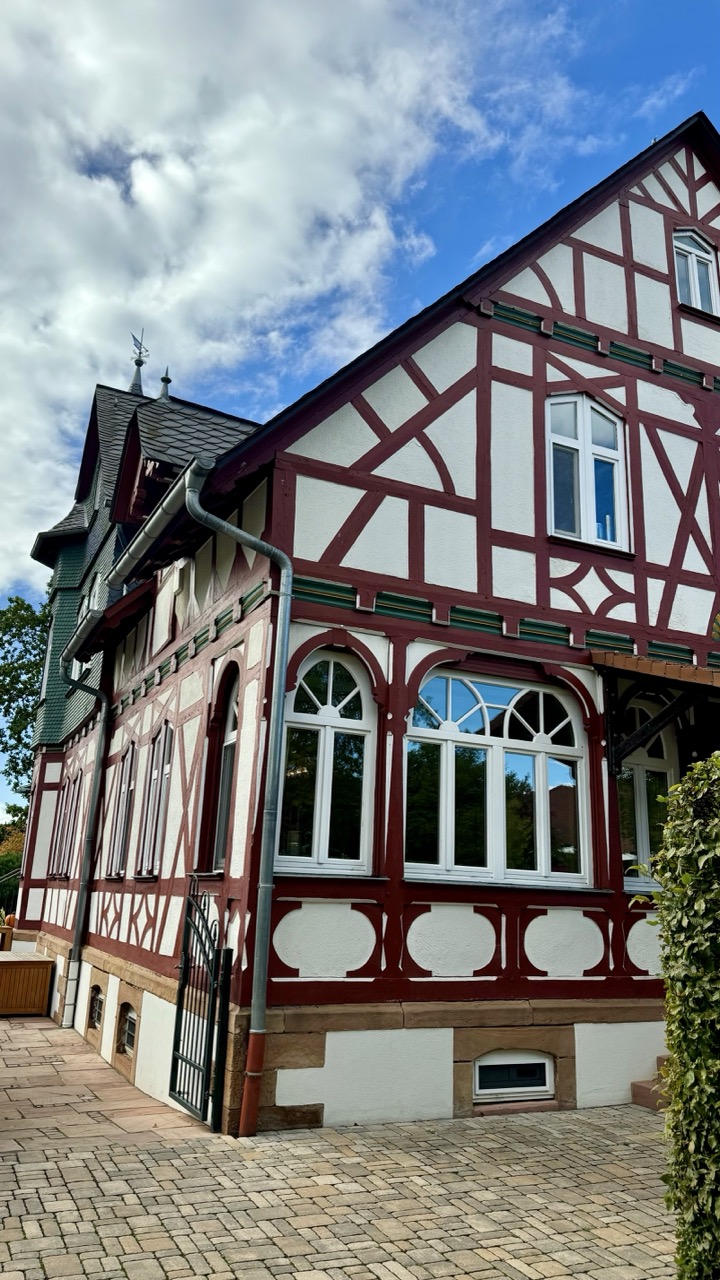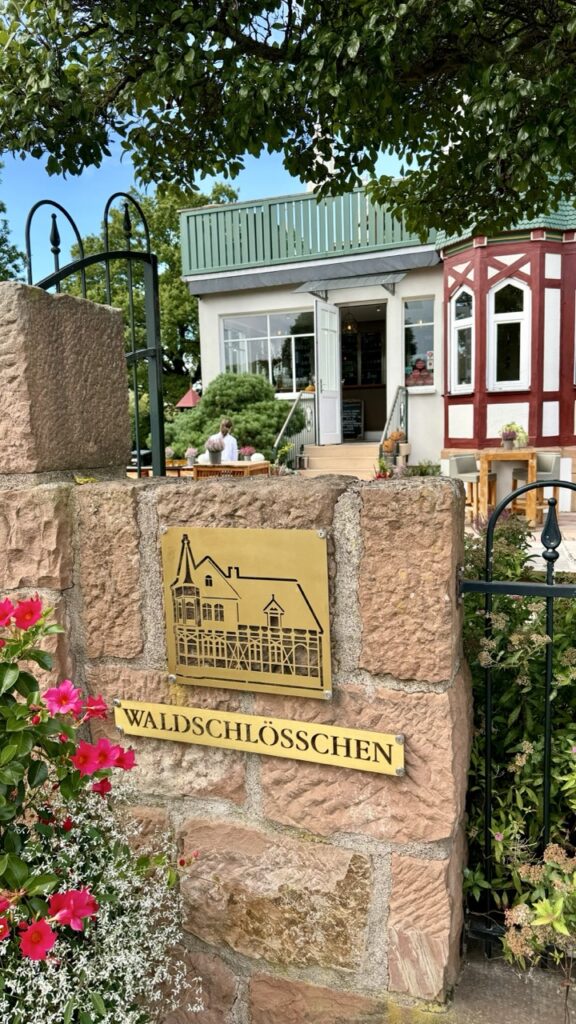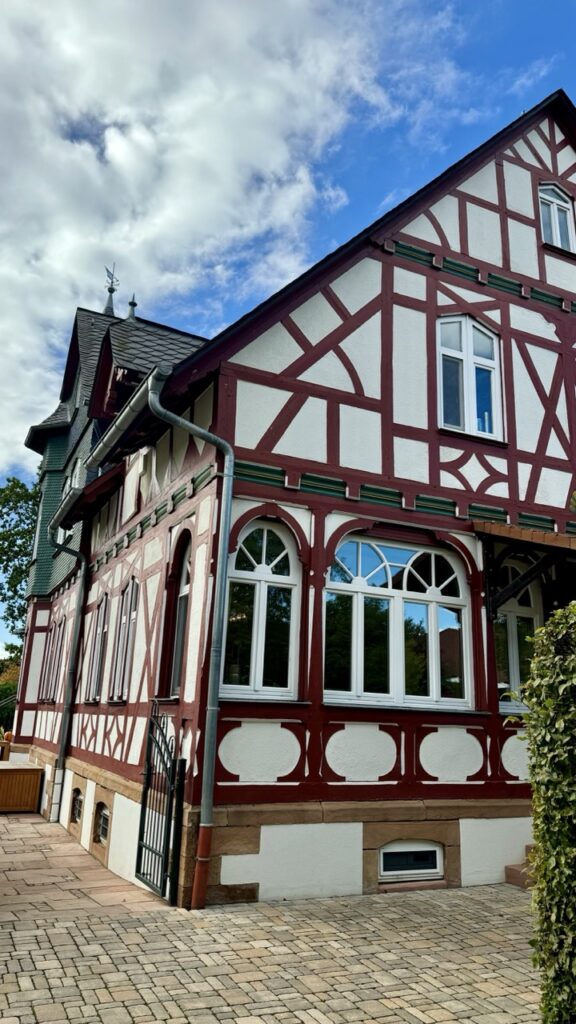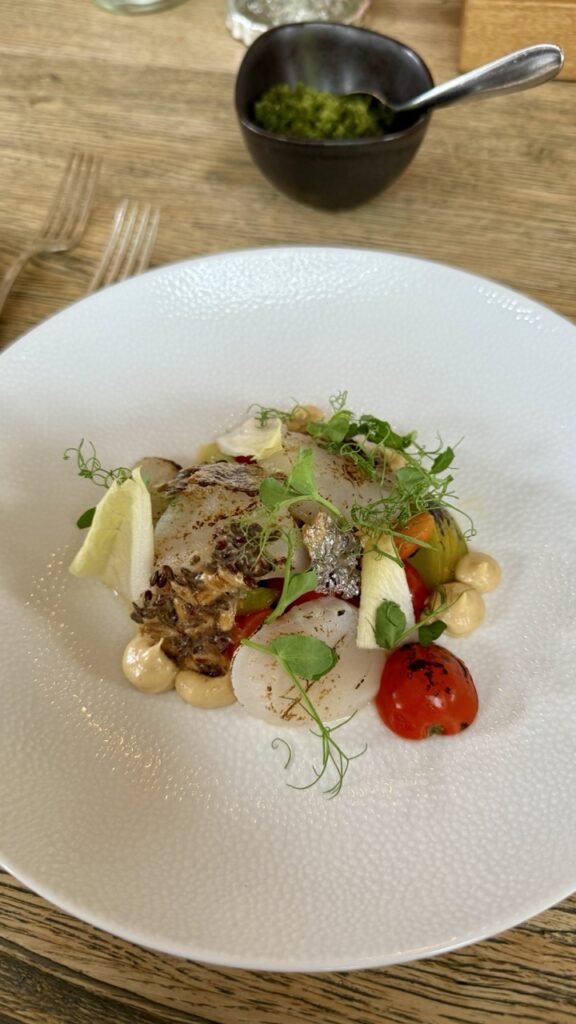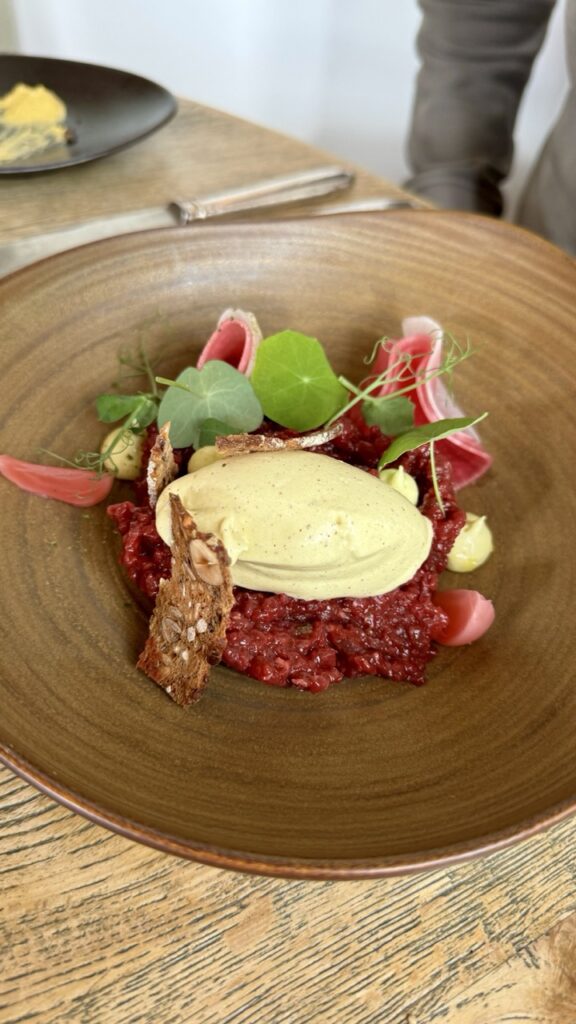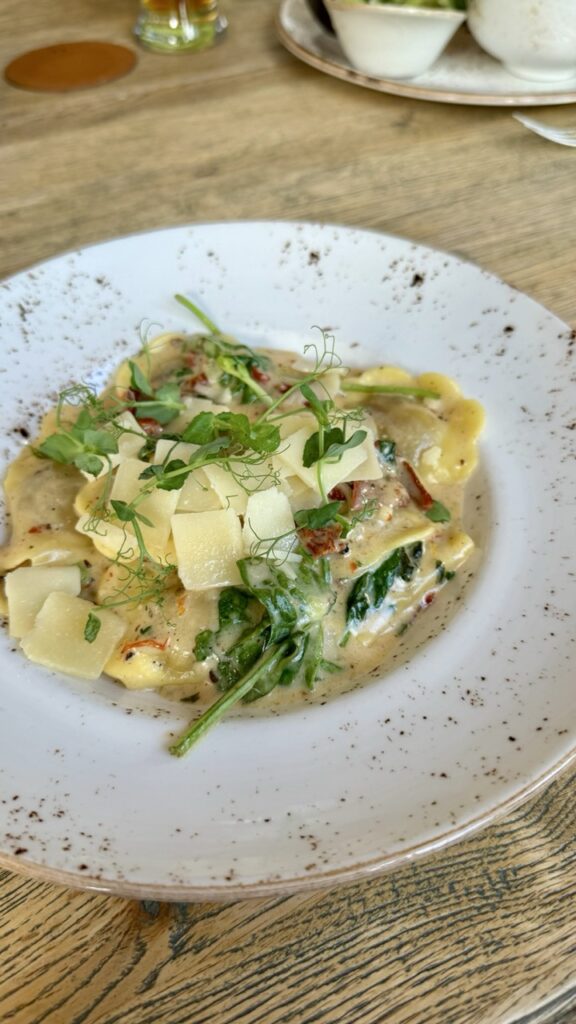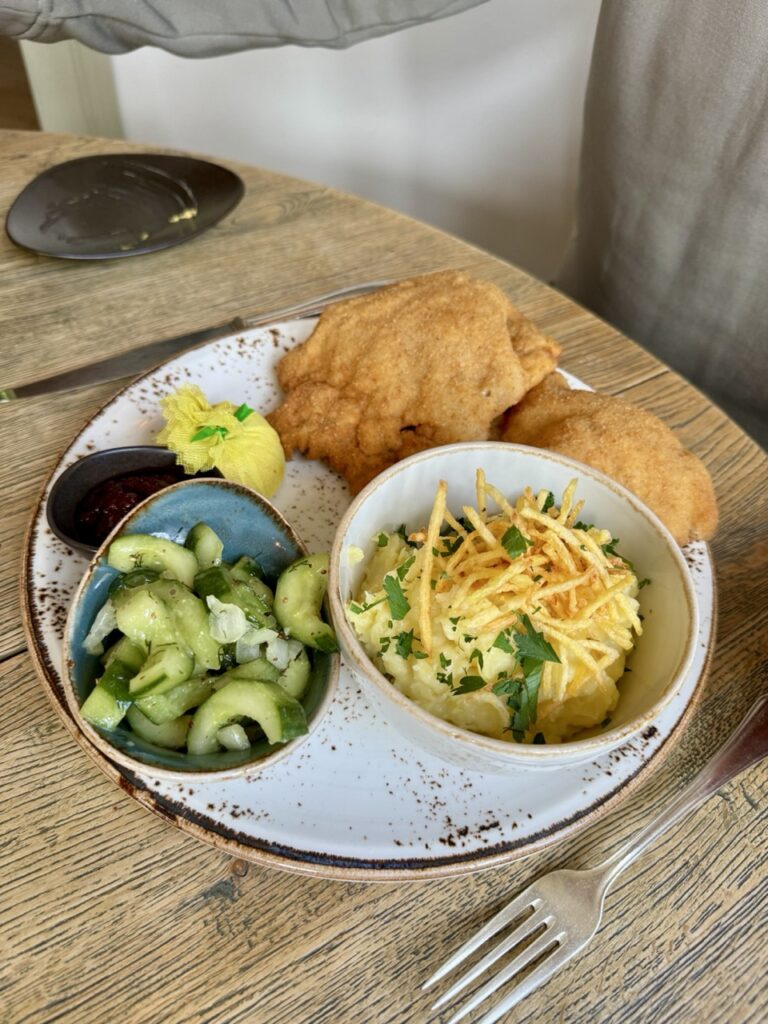When people dream of an Italian food-and-wine trip, they usually think of Tuscany. But in the northwest, there’s a region that quietly does everything just as well – sometimes better. Welcome to Piedmont: home of Barolo, Alba truffles, hazelnuts, and some of the most scenic vineyard hills in Italy.
This guide focuses on the southern part of Piedmont – the Langhe and Monferrato area around Alba, Asti, and Cuneo. It’s a place of slow roads, long lunches, and evenings watching the light fade over the vines.
Quick Summary
- Best base: Alba (walkable, lots of food, perfect for first-timers)
- Vibe: Quiet wine country, Michelin-level food without the fuss
- Don’t miss: Barolo villages, Alba market, a long lunch in Neive
- Trip style: Best with a car, 3–5 days
- Good to know: Tolls in Italy are expensive; Piedmont is a bit easier (and cheaper) to reach by car than the big-name regions further south
Why Piedmont (and Not Just Tuscany)?
Piedmont is where serious food and wine people go when they’ve done the classics and want something a little more low-key. Think steep hills covered in vines, stone villages, and restaurants that care deeply about what’s on the plate, without feeling performative.
Everyone has heard of Alba truffles, but this area is more than just truffle season. You’ll find:
- Deep, structured red wines like Barolo and Barbaresco
- Small family-run wineries and cheese farms
- Hilltop towns with just the right amount of life
- A pace that invites you to slow down and stay another night
Getting There & Getting Around
Piedmont is easiest with a car. You can fly into Turin, Milan, or even Geneva and drive down. The region around Alba and Asti is well connected by highways, but keep in mind:
- Tolls in Italy are expensive. Piedmont is still a bit cheaper and quicker to reach by car than southern regions like Tuscany or Puglia, but you’ll definitely meet a few toll booths.
- Once you’re in the hills, expect narrow, winding roads – beautiful to drive, but not fast. Plan your days with fewer stops and more time in each place.
Where to Stay: Base Yourself in Alba (or in the Hills)
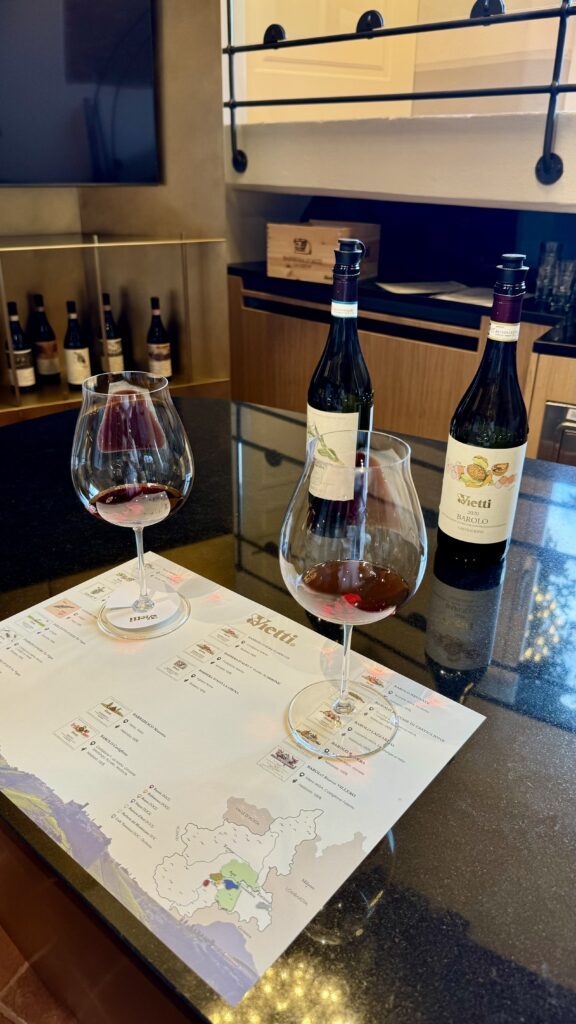
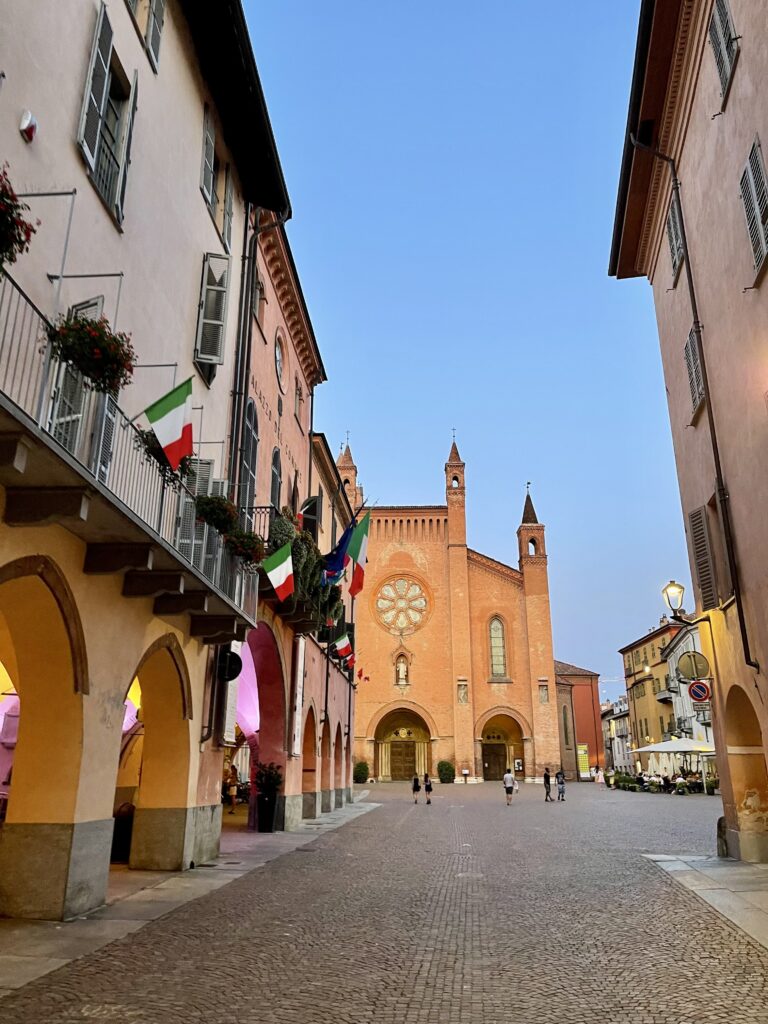
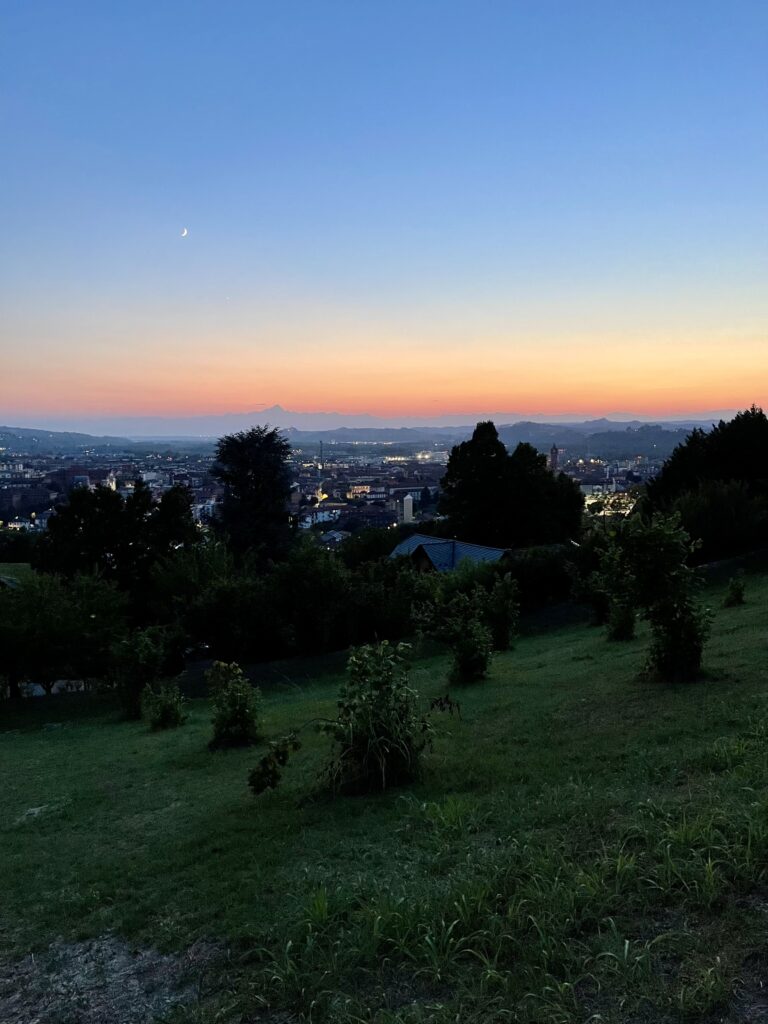
Alba – Food Capital and Easy Base
If it’s your first time in Piedmont, Alba is the best base. It’s big enough to have great restaurants and markets, but still compact and very walkable.
We like to park outside the historic center and explore on foot. Parking at Parcheggio Centro Stazione works well. Just keep in mind: like many places in Italy, some parking garages close during lunchtime.
Stay we loved:
Villa La Favorita – A small BnB just outside the city with super friendly owners. You’re surrounded by vines they harvest themselves, and if you’re lucky, you’ll leave with a bottle of their wine. You can walk straight up into the hills from the house, which is exactly how you want to start or end the day here.
Alba: Markets, Coffee & Wandering
Alba is one of those towns where you don’t really “check off” sights – you just walk, eat, and let the city set your pace.
Mercato di Alba
On the north side of the center, you’ll find Mercato di Alba, a big local market that’s all about everyday life: fruit, vegetables, cheeses, and seasonal truffles when it’s the right time of year. It’s worth a slow lap, even if you’re not cooking.
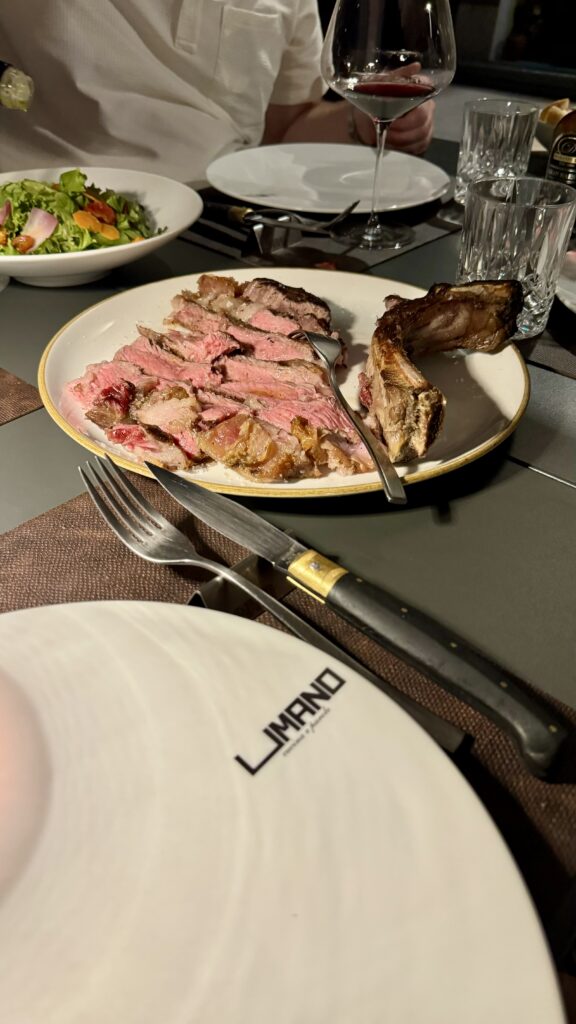
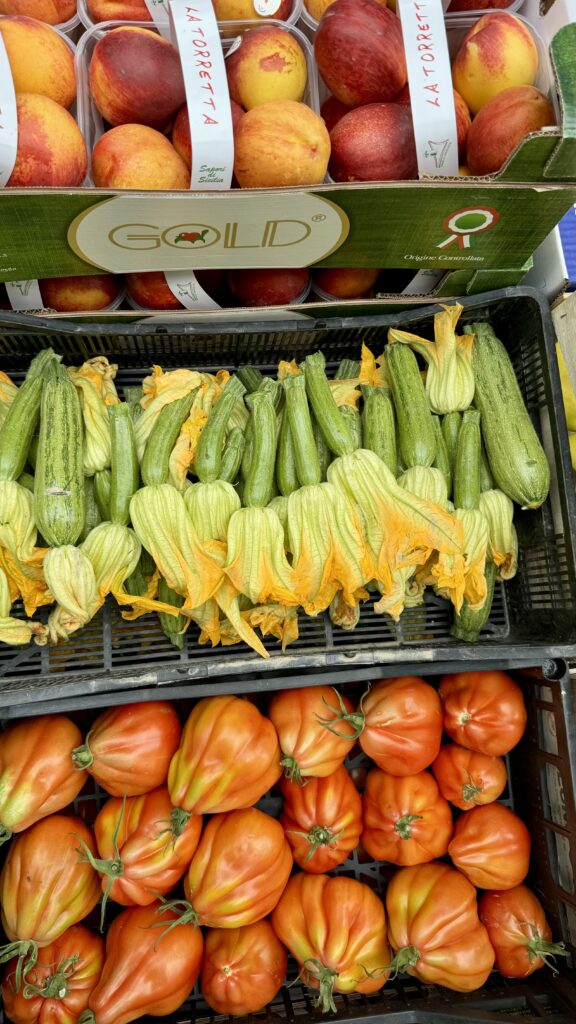
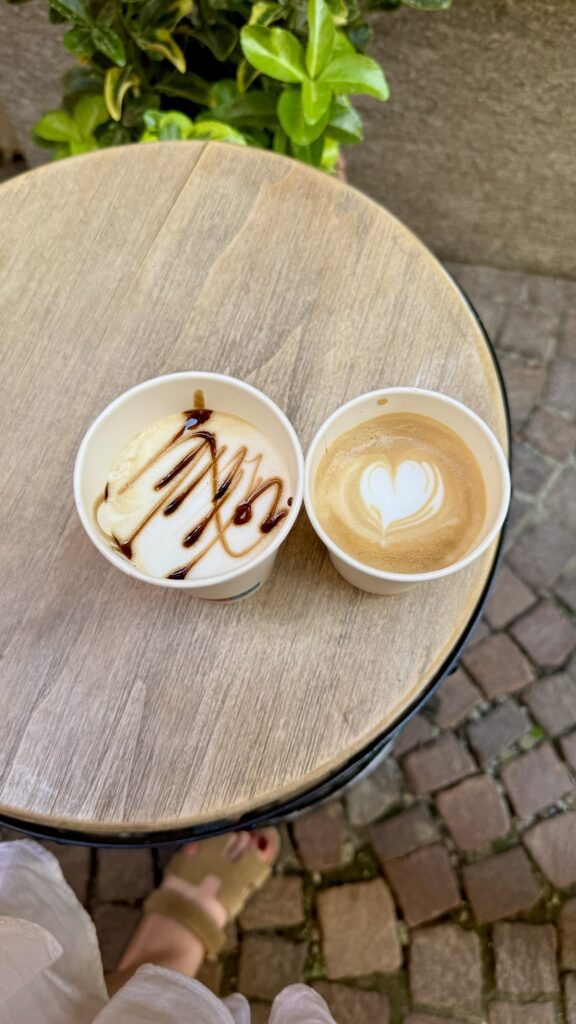
Coffee Stop
Coffee is good almost anywhere in Italy, but a little favorite:
- Monviso Italian Coffee Factory – A small, slightly hidden spot for a proper espresso break.
Where to Eat in Alba
Alba is full of restaurants, wine bars, and enotecas. One place we enjoyed:
- Petricore Enoteca con Cucina – A bit outside the center, but absolutely worth the walk. Great food and exactly the kind of relaxed, wine-focused atmosphere you come to Piedmont for.
That said, this is a city where it pays to wander and follow your nose a little. If somewhere looks good and is full of locals, trust it.
The Barolo Region: Hilltop Villages & Serious Reds
Drive a little way out of Alba and you’ll enter the Barolo region: steep hills, tiny villages, and some of Italy’s most famous red wines. Even if you’re not a full-on wine nerd, it’s worth it for the scenery alone.
Castiglione Falletto
One of our favorite stops is Castiglione Falletto, a hilltop village with:
- Quiet stone streets
- A small castle you can admire
- A communal wine cellar where local producers sell their bottles in one place
It’s a nice way to taste across different wineries without having to drive between each one.
Winery we like:
Vietti – A classic name in Barolo. The ownership has changed in recent years, but the wines are still excellent.
Beyond Barolo: Quiet Hills East of Alba
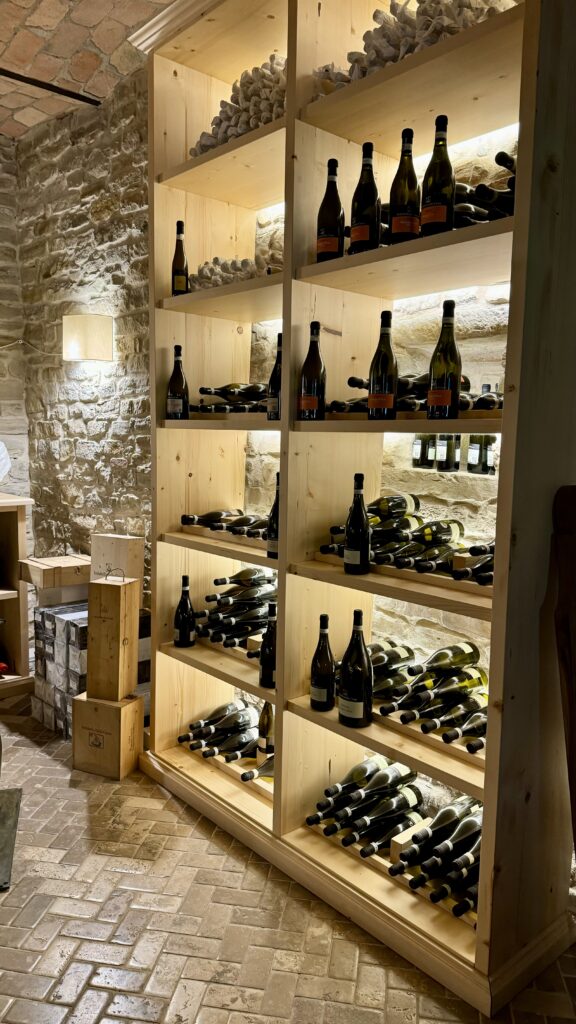
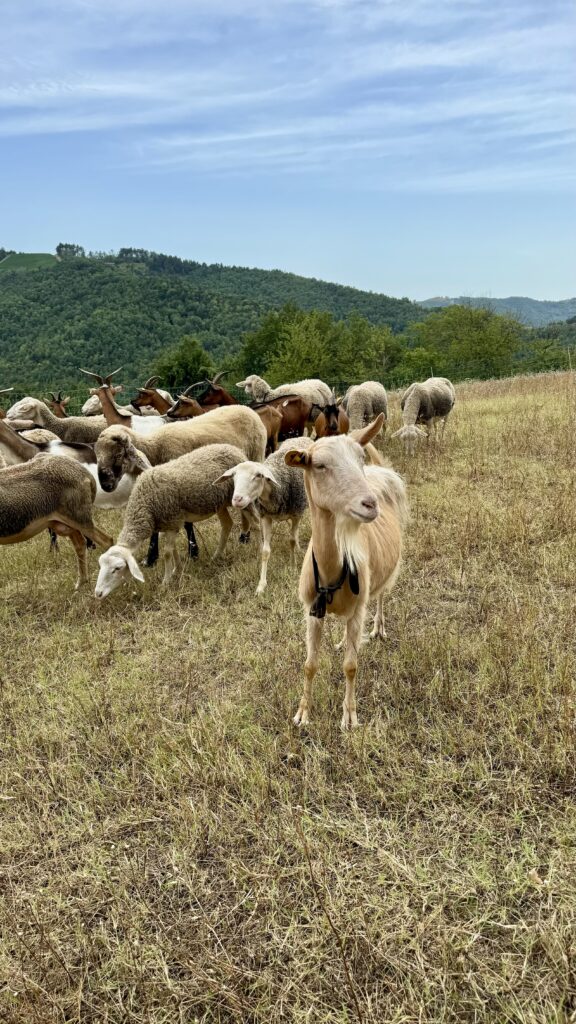
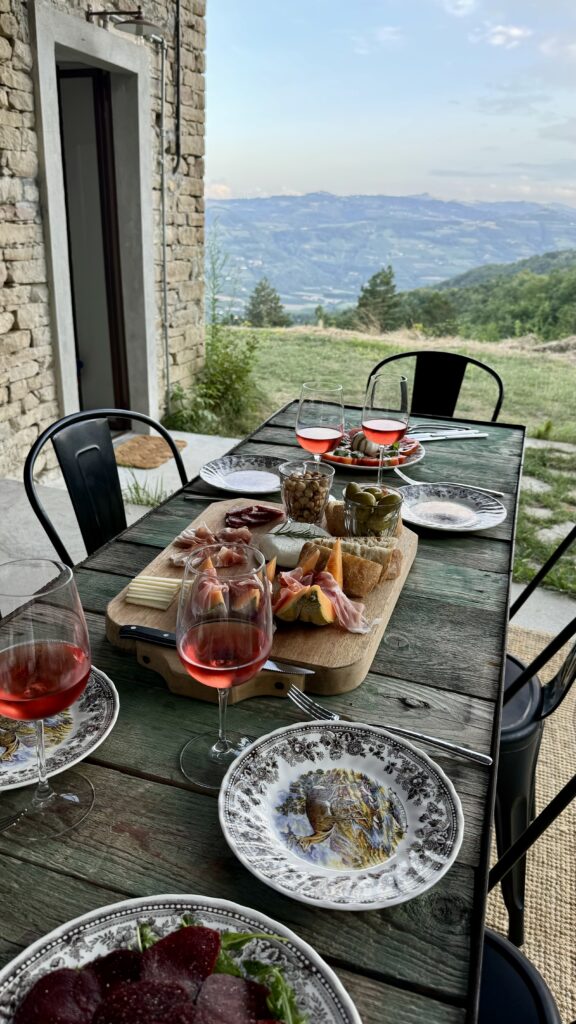
If you want something a little less polished and less busy, head east of Alba into the hills around Loazzolo. The views are just as beautiful, but the atmosphere is more local and laid back.
Vineyards & Cheese Farms
Two stops we really liked:
- Isolabella della Croce – A beautiful vineyard with kind owners and a relaxed, authentic feel. Great for tastings and getting a sense of how small producers work.
- Bricco della Croce – A cheese farm in the same area. Simple, local, and a nice contrast to all the wine.
This side of Piedmont is perfect if you like slow days: one or two visits, maybe a picnic, and a long drive back through the hills.
Neive: A Postcard Village with Great Food
Neive is officially listed as one of Italy’s most beautiful villages, and in this case, the label matches reality. Think cobbled streets, stone houses, and views out over the vineyards.
You don’t need a big plan here – just park, walk, and let yourself get a bit lost.
Restaurant to try:
- Umano – A great spot for meat dishes and a relaxed evening. The kind of place where you sit down “just for a bit” and end up ordering another glass.
How Long to Stay in Piedmont?
You can absolutely visit Piedmont as a long weekend:
- 3 days: Alba + Barolo villages + one countryside excursion
- 5 days: All of the above plus more time in the hills around Loazzolo, or a slower pace with long lunches and winery visits
It also combines well with Turin or a Lago Maggiore / Como trip if you’re building a longer northern Italy itinerary. Or as a stop on your journey to southern parts of Italy.
Final Thoughts
Piedmont feels like Italy for people who love the details: what’s in the glass, where the cheese came from, how the hills look just before sunset. It has world-class wine, serious food, and scenery that sneaks up on you, without the crowds and clichés of more famous regions.
If you love the idea of slow travel, long meals, and days that revolve around markets and vineyards, this corner of Italy belongs on your list.
